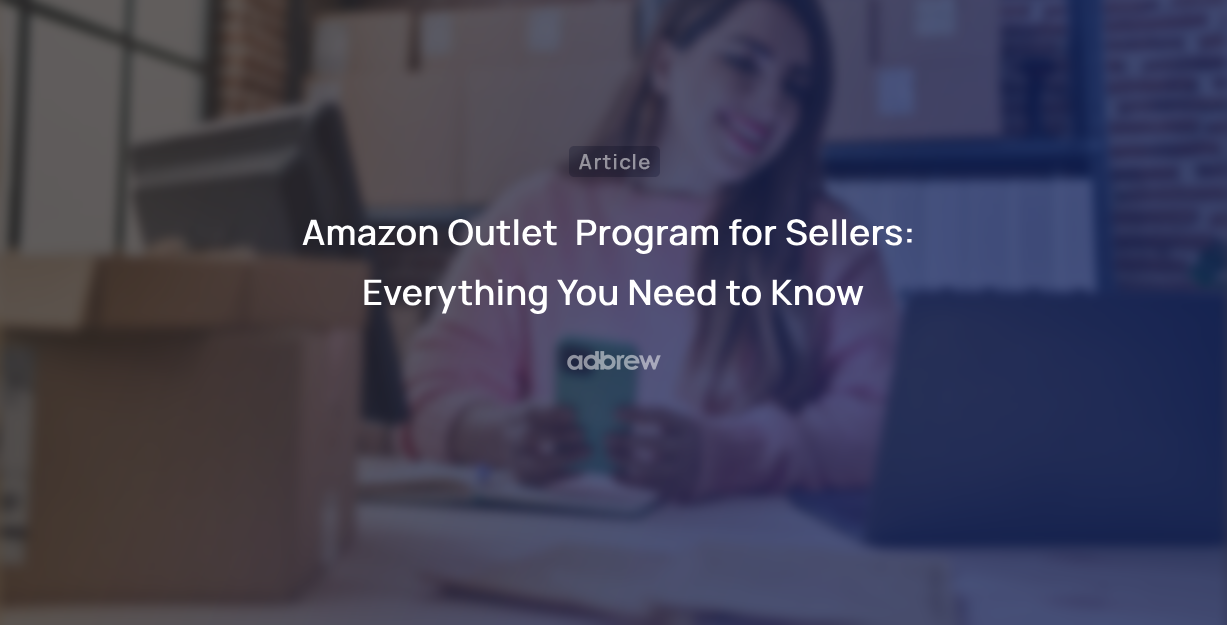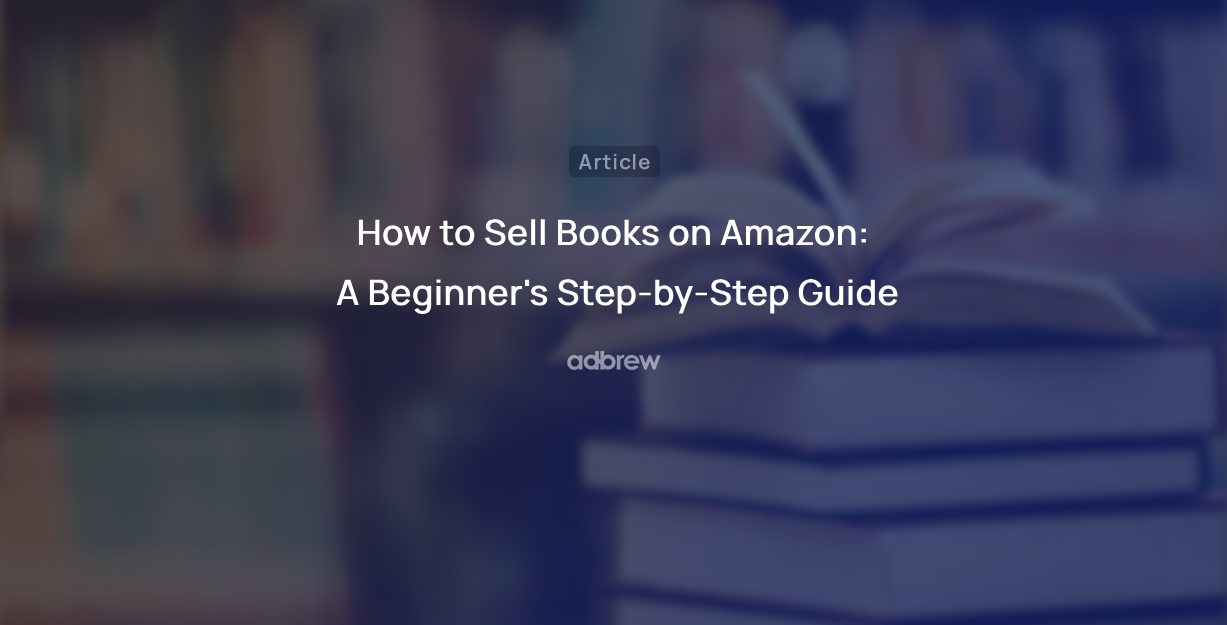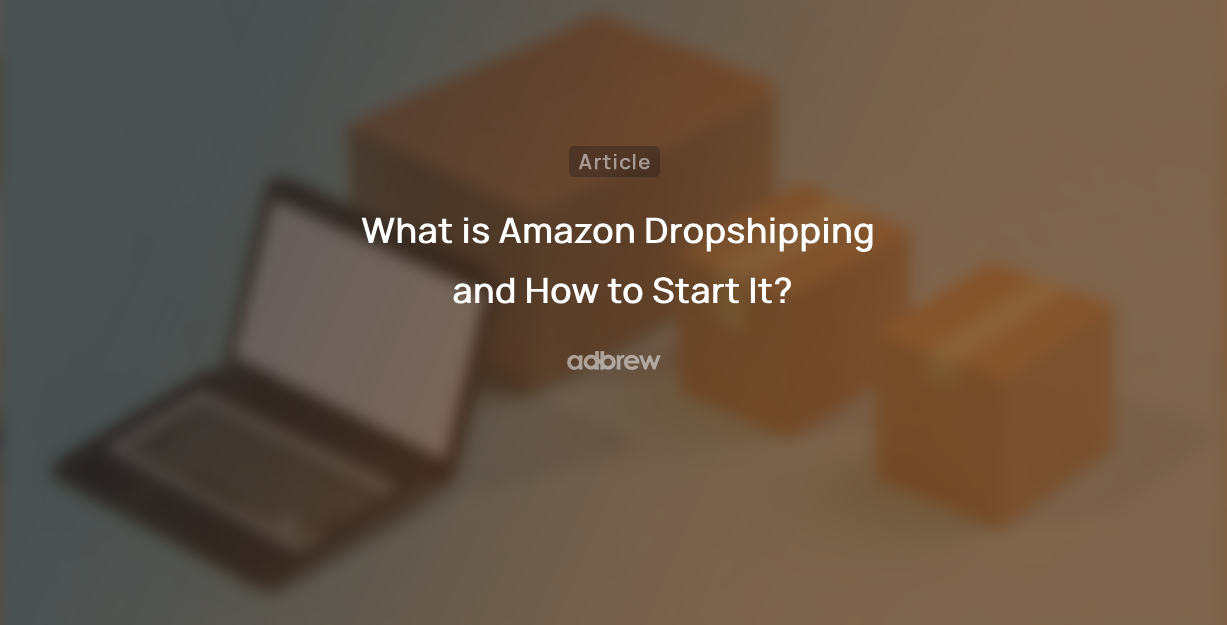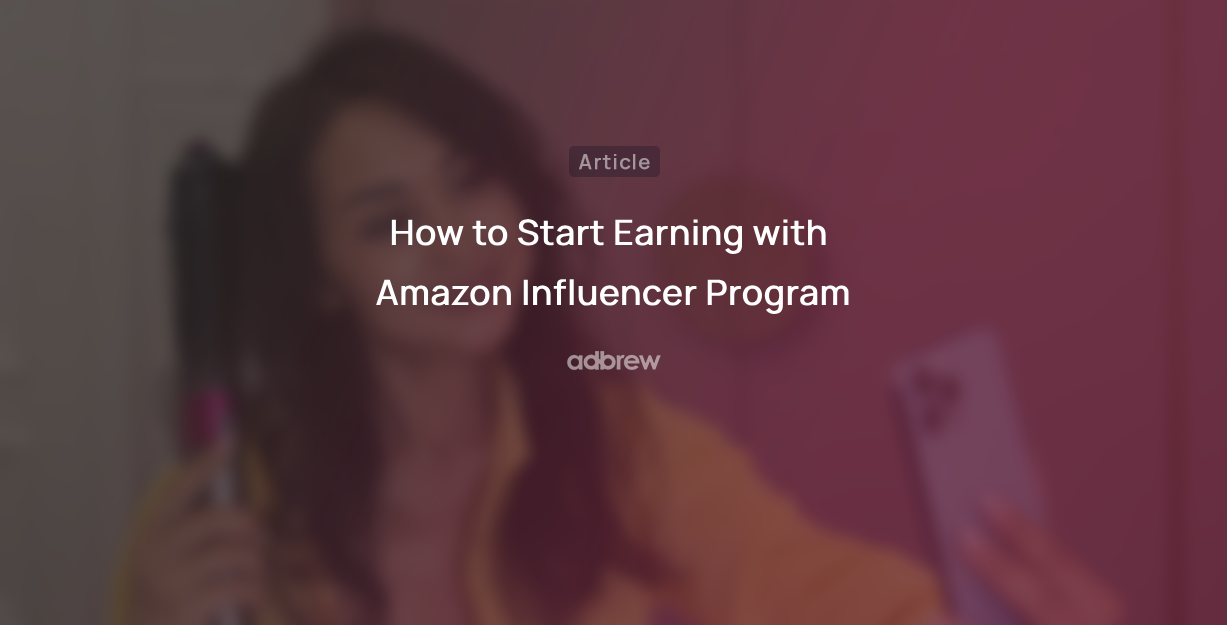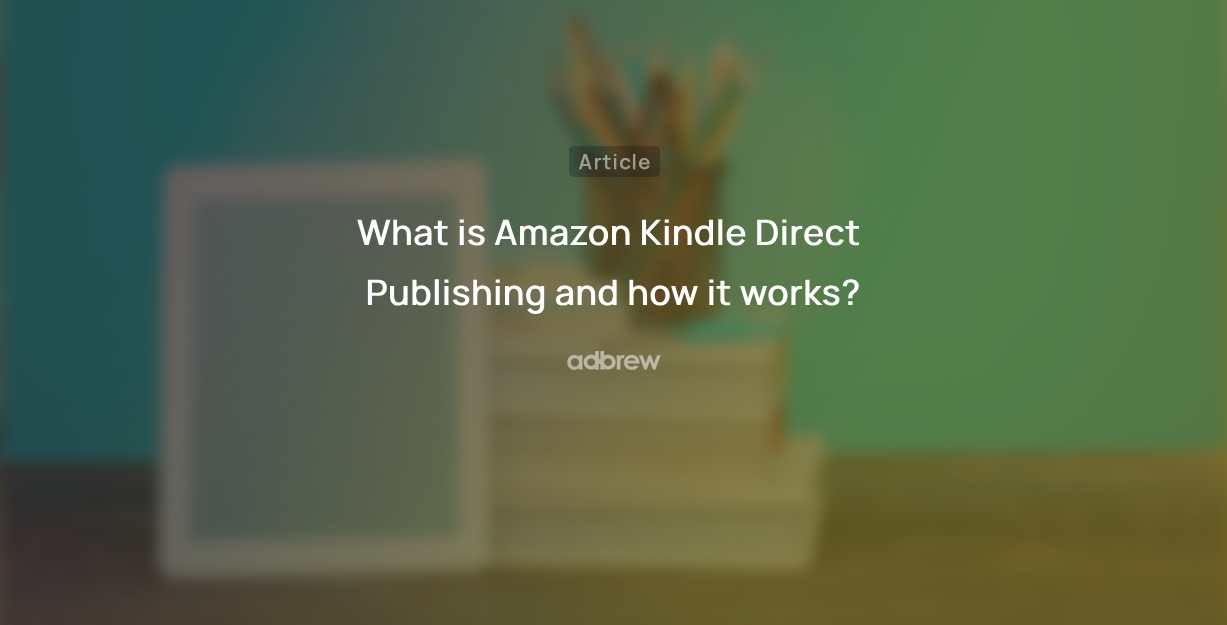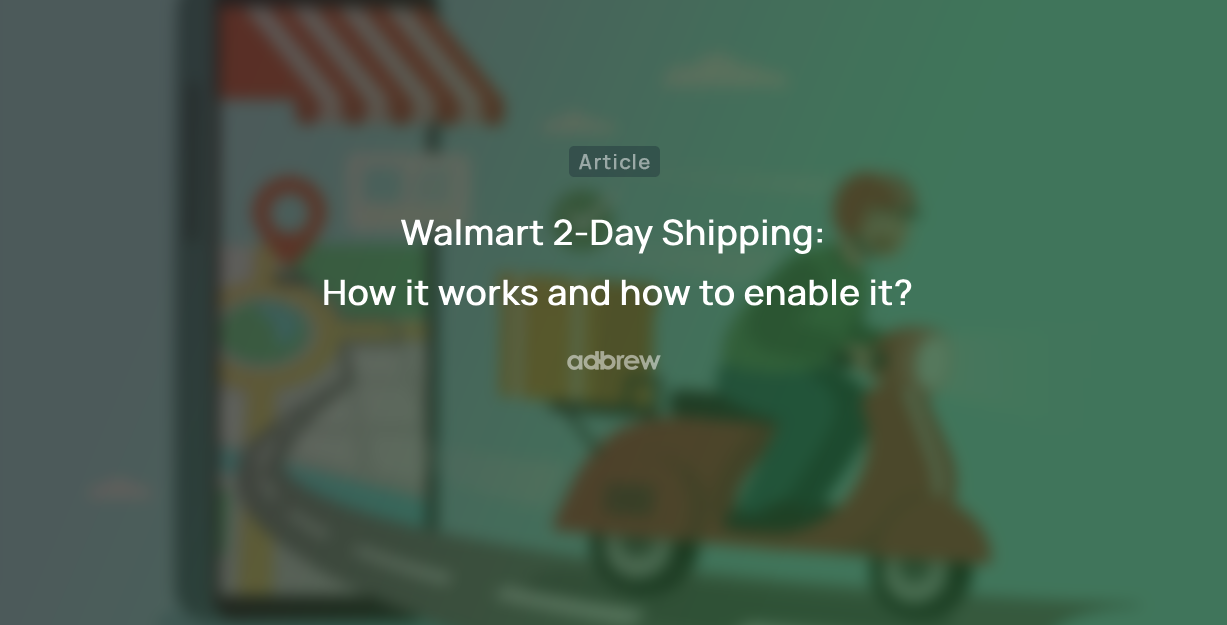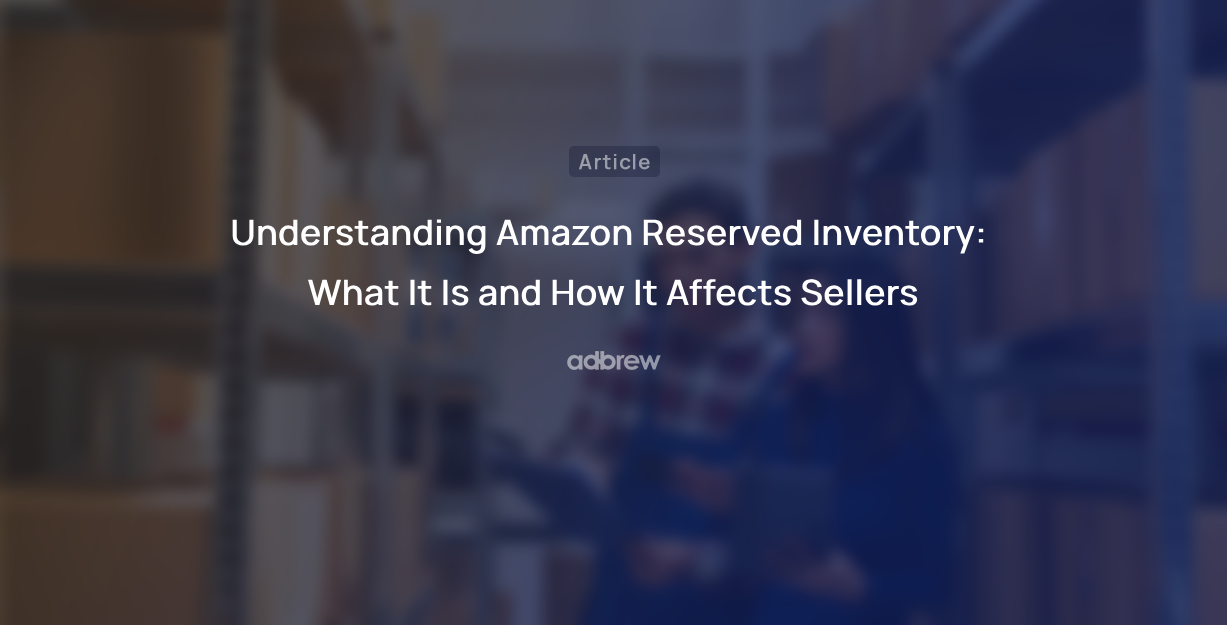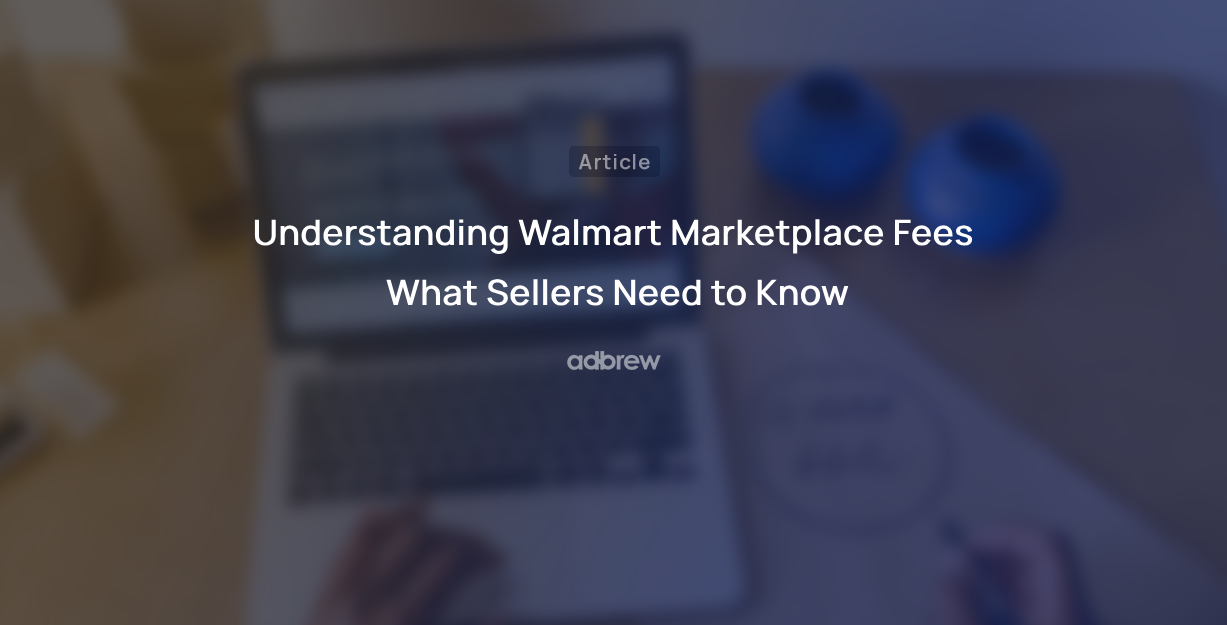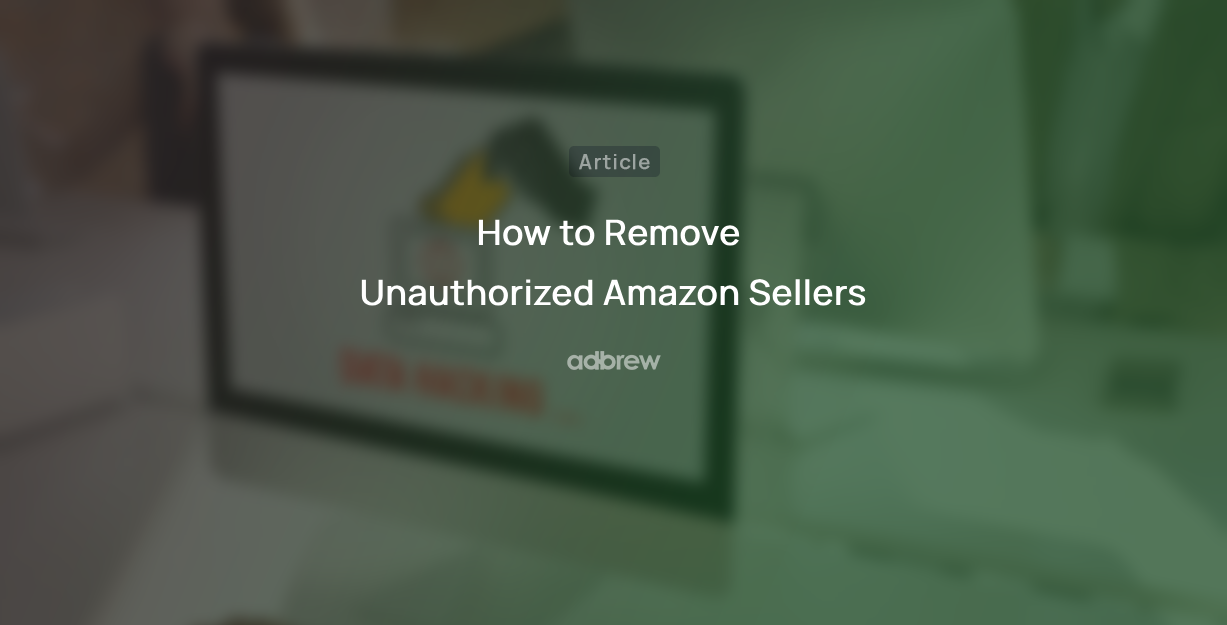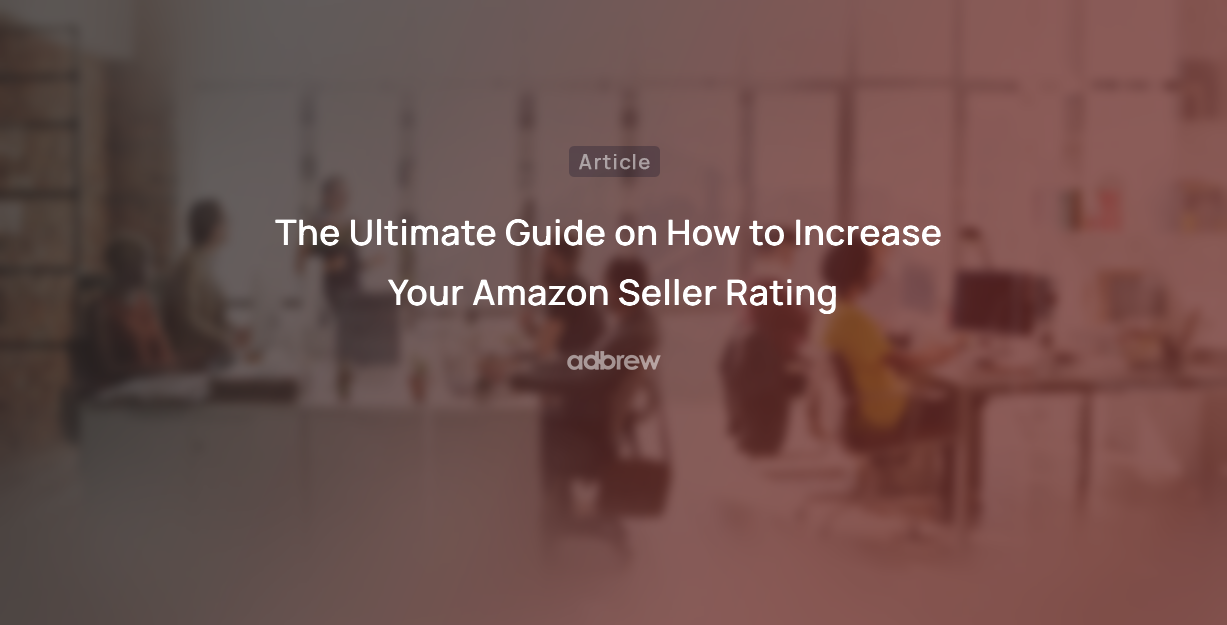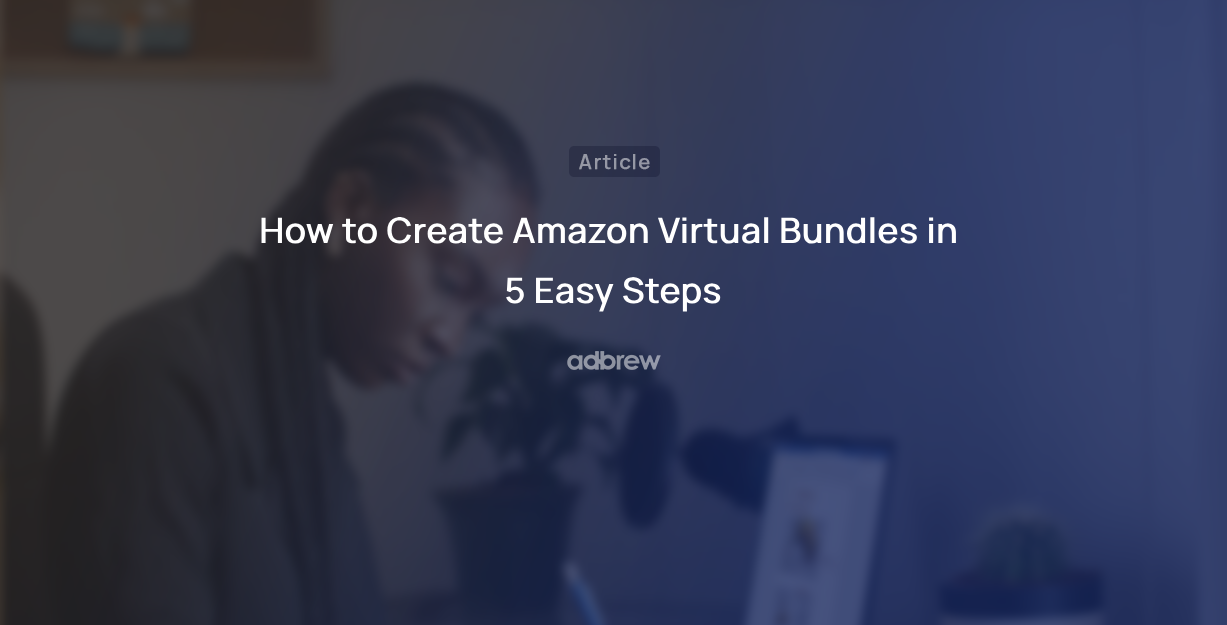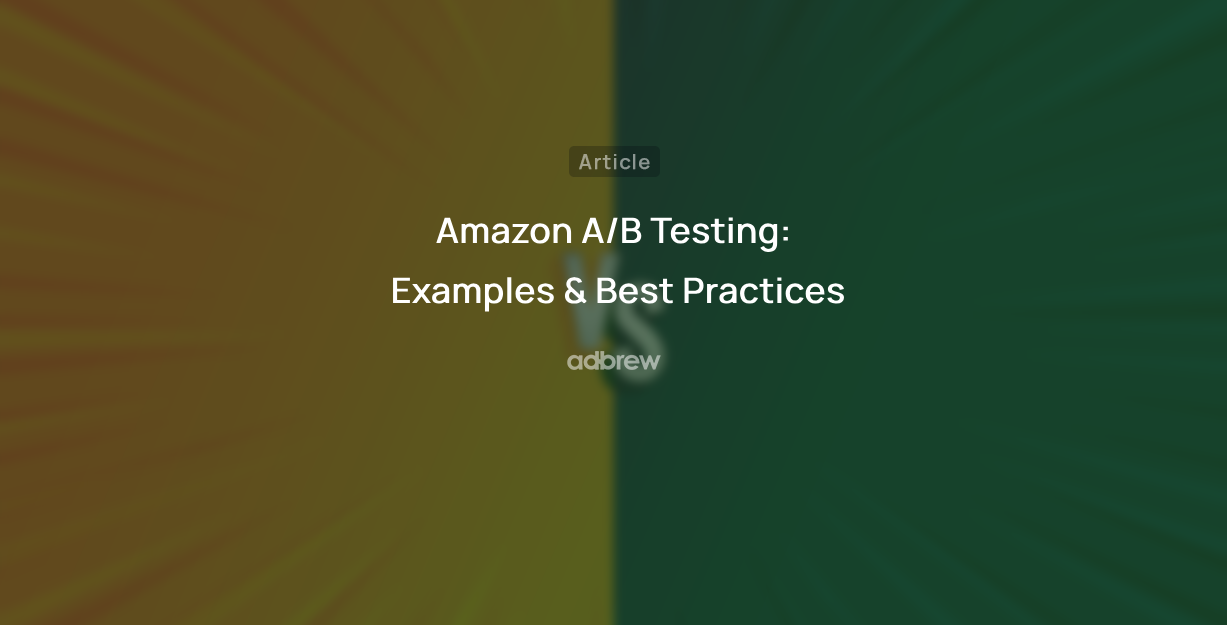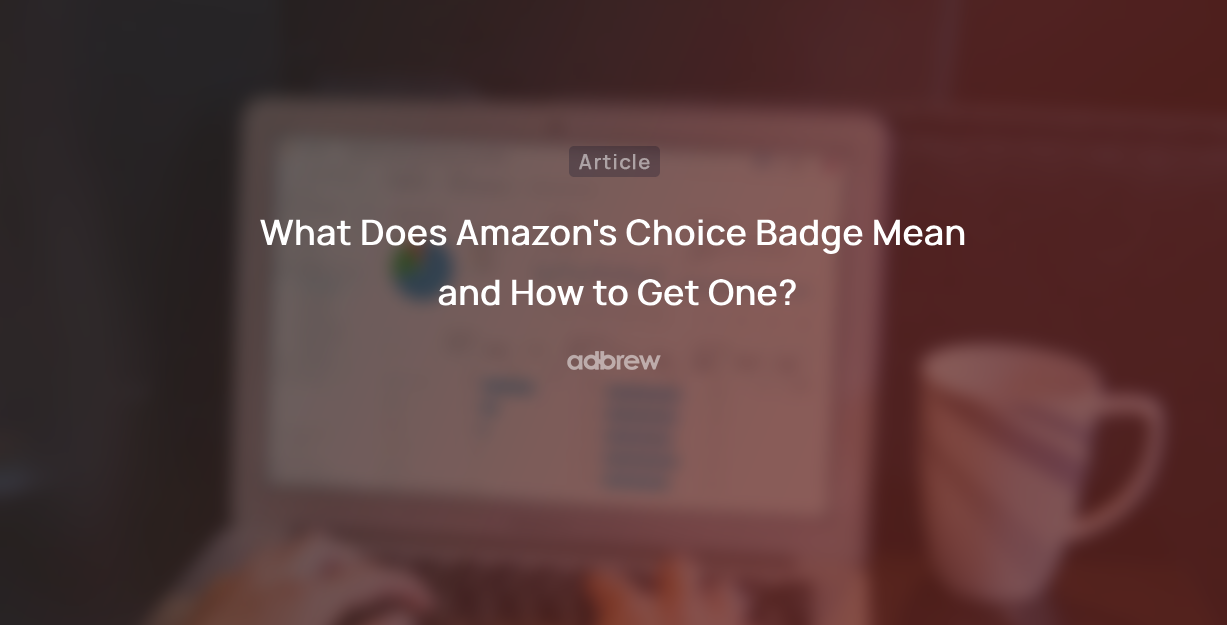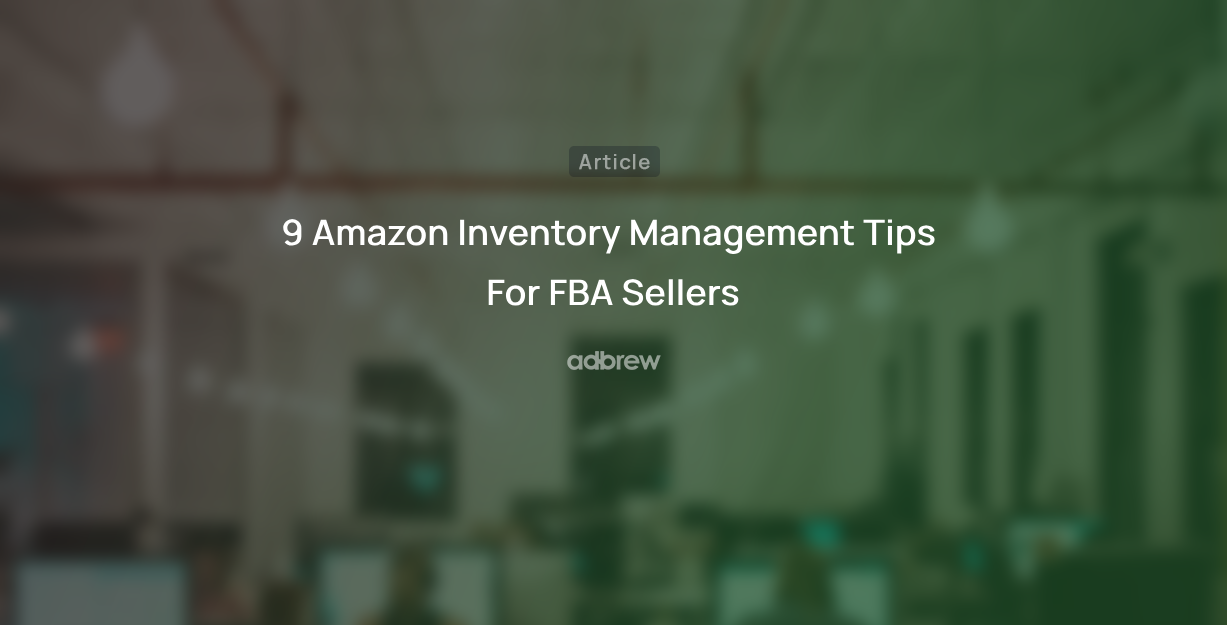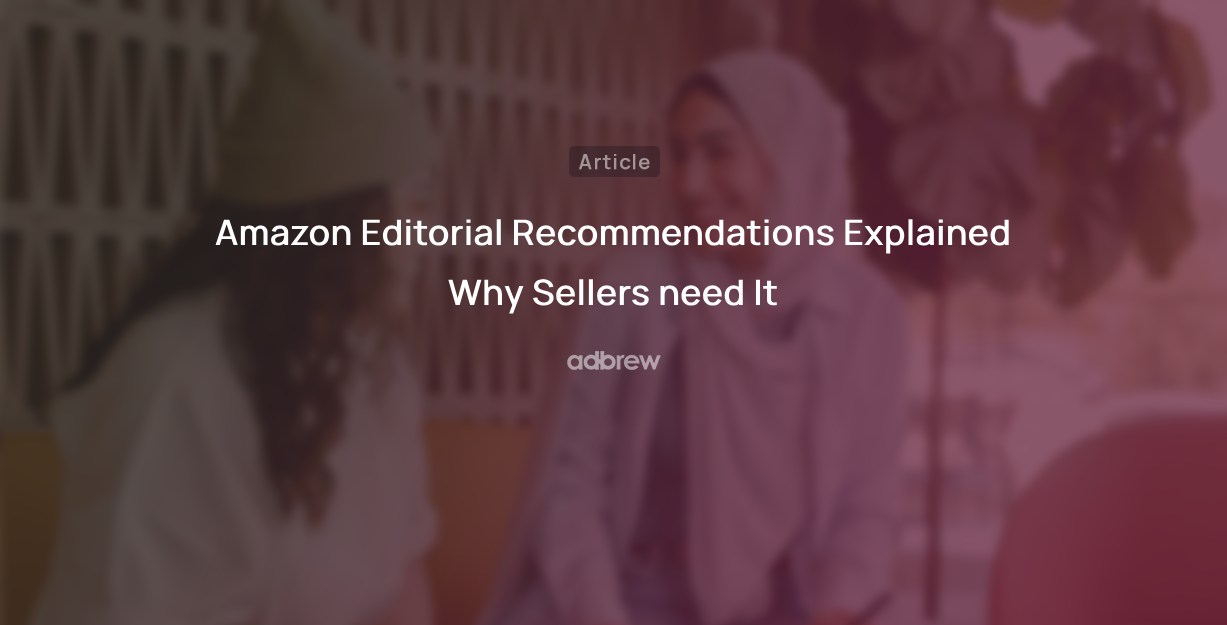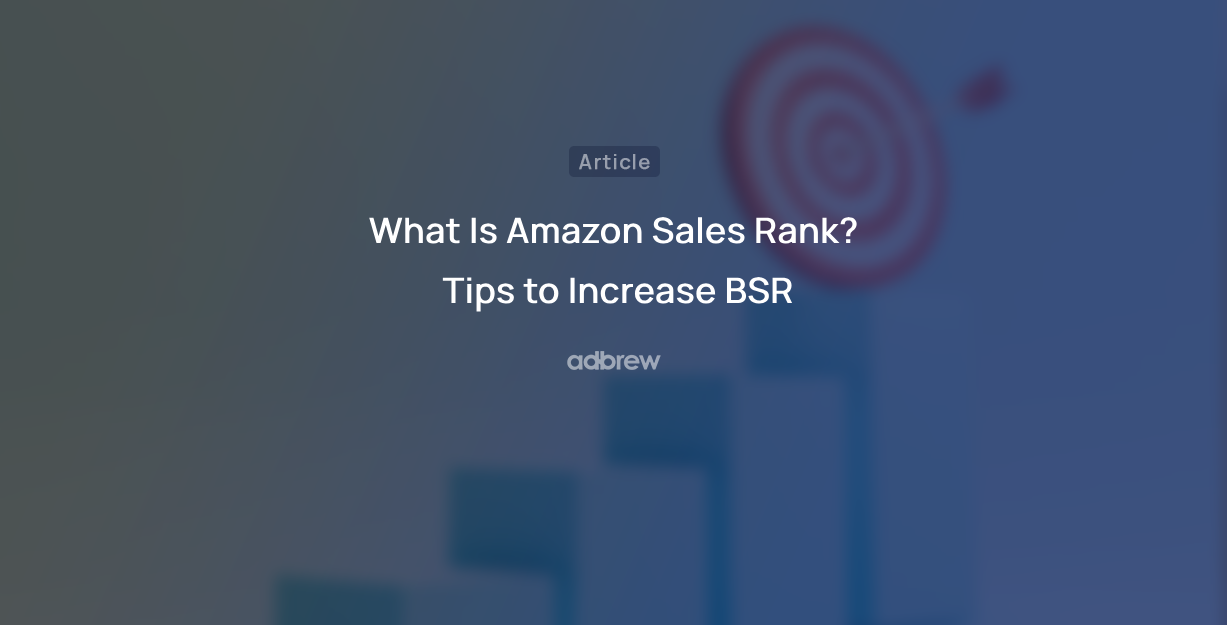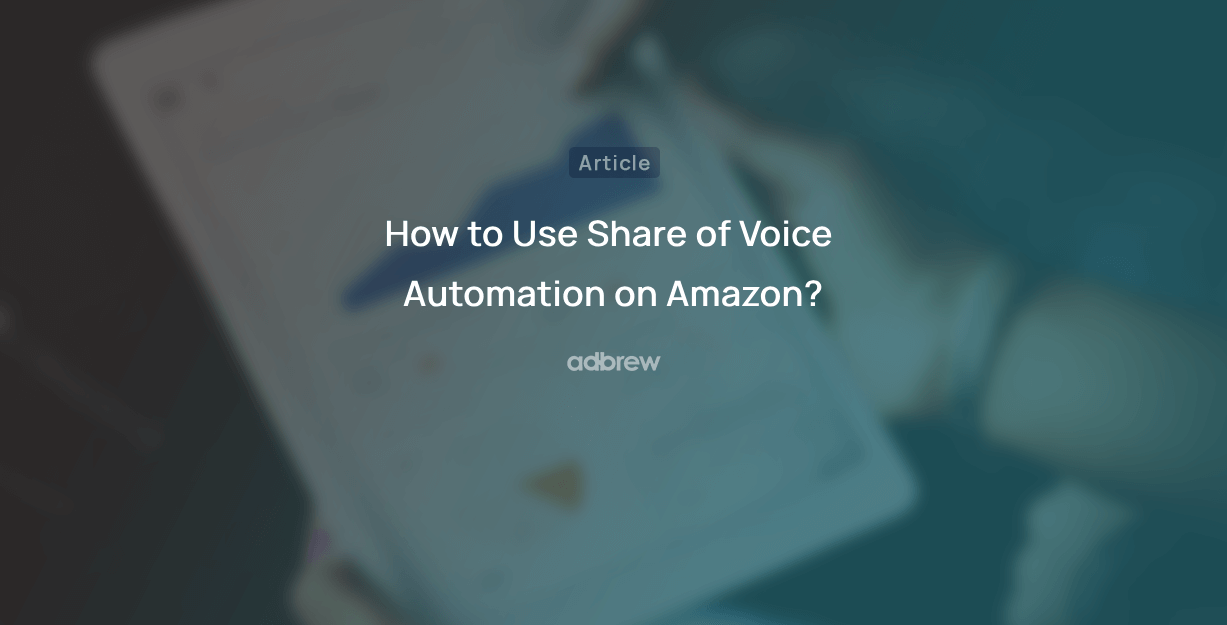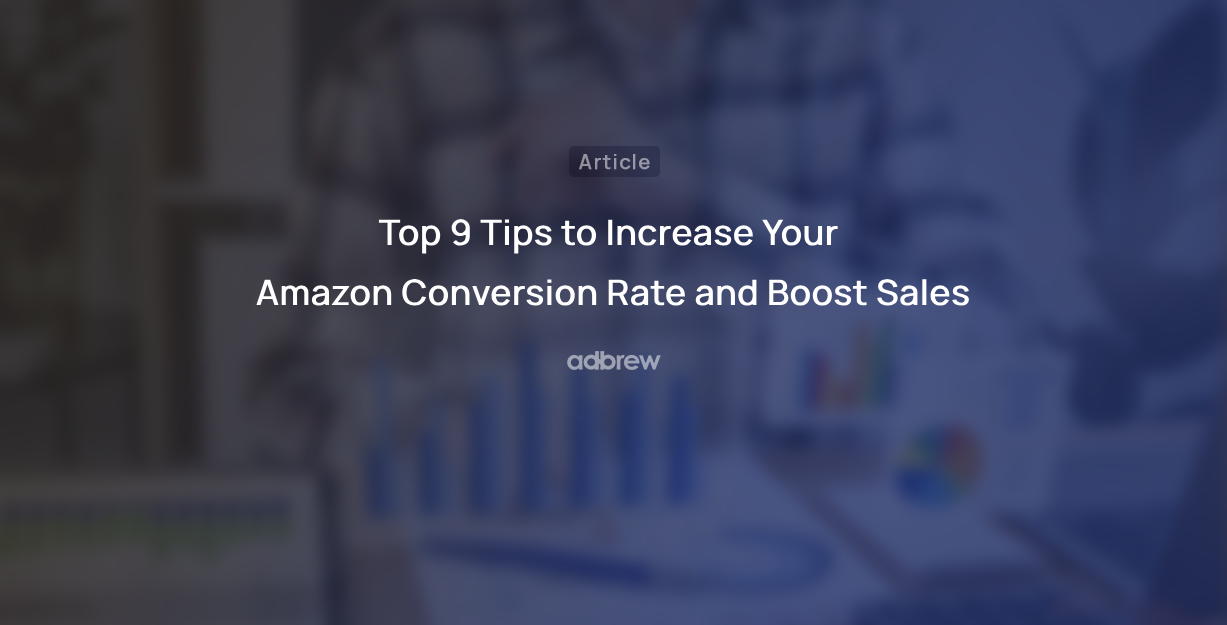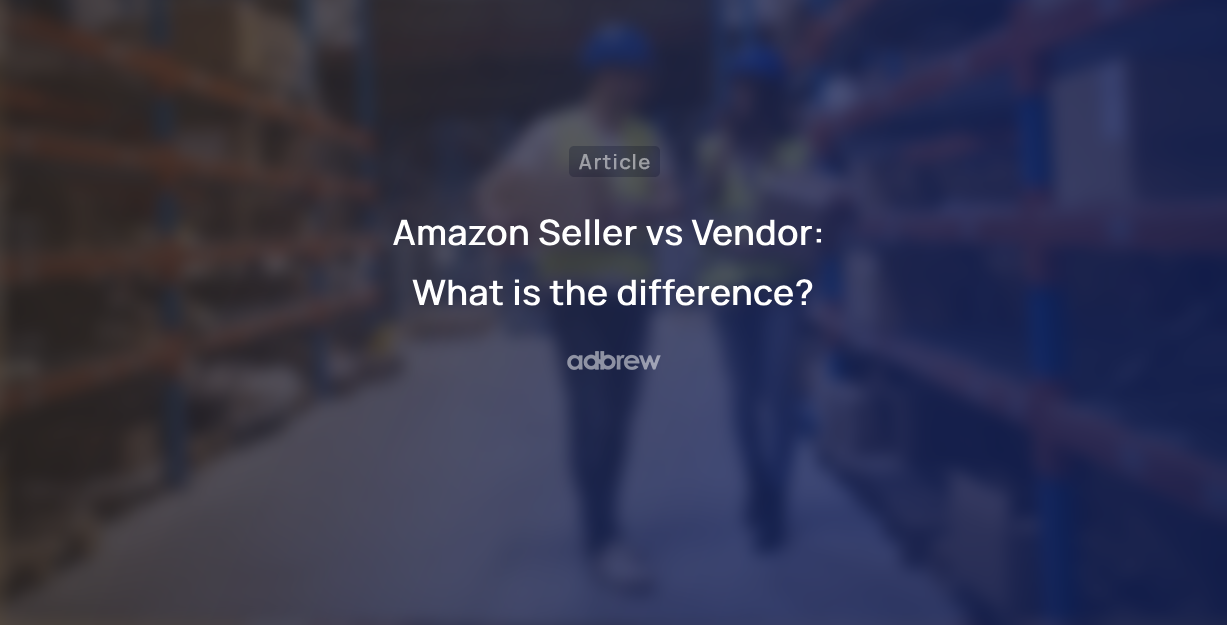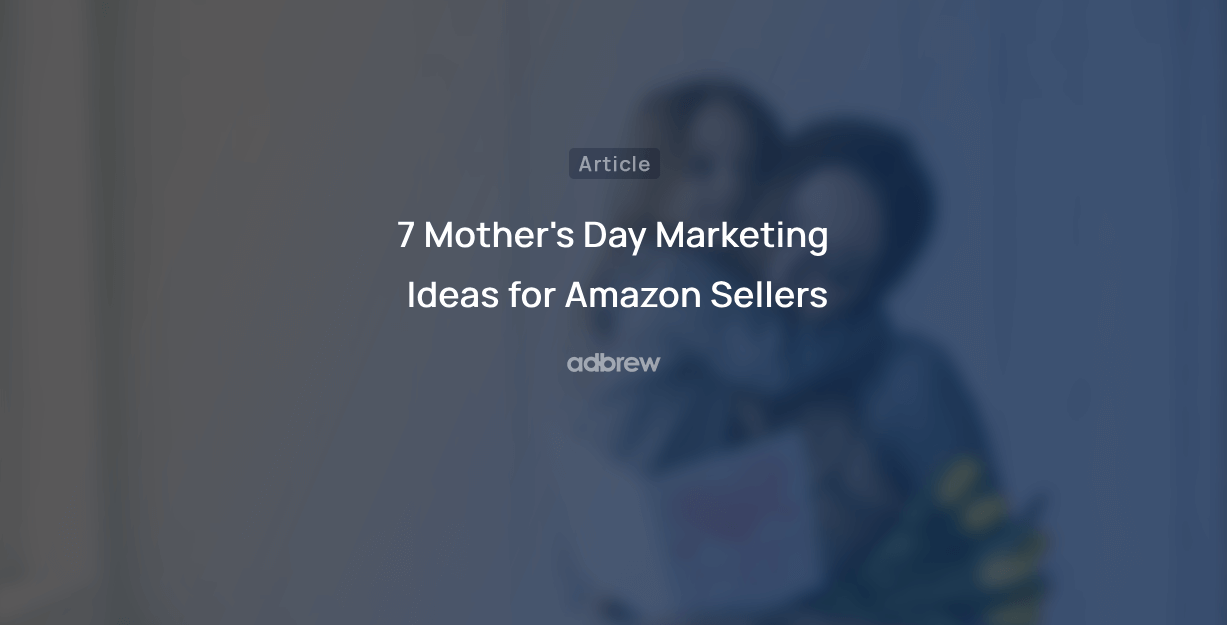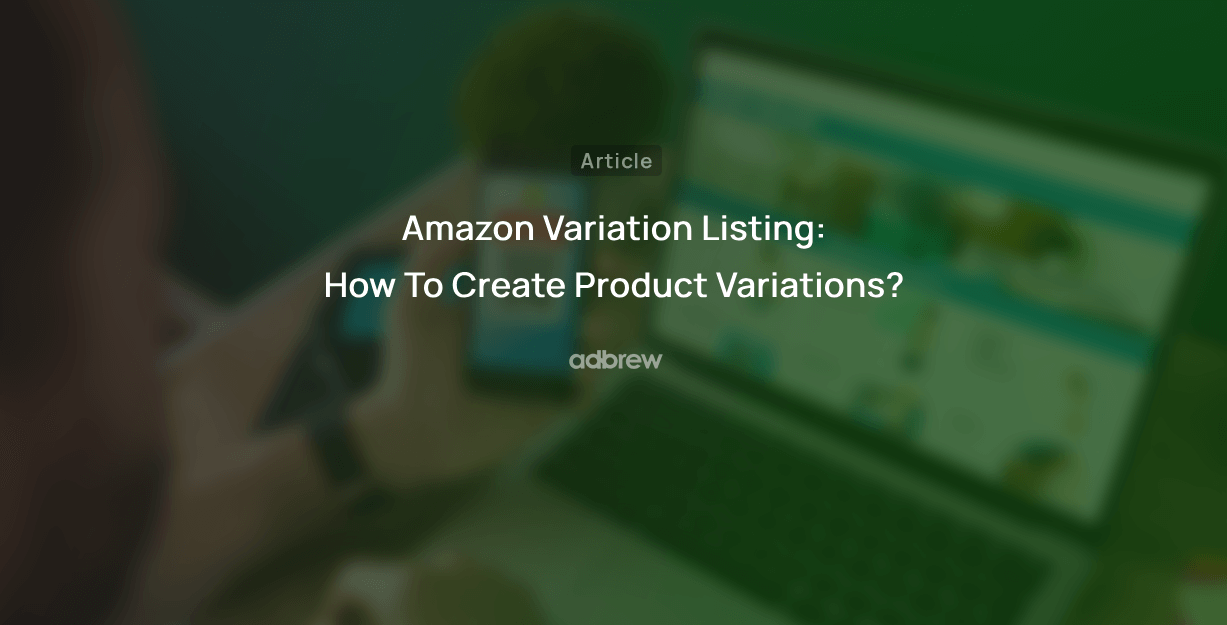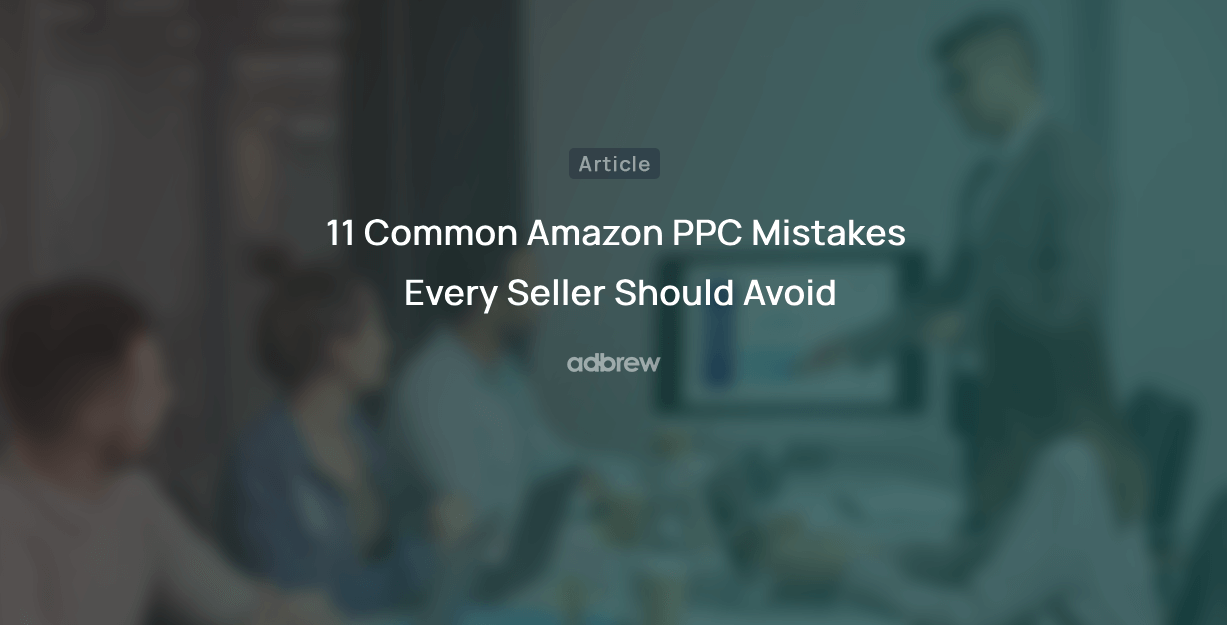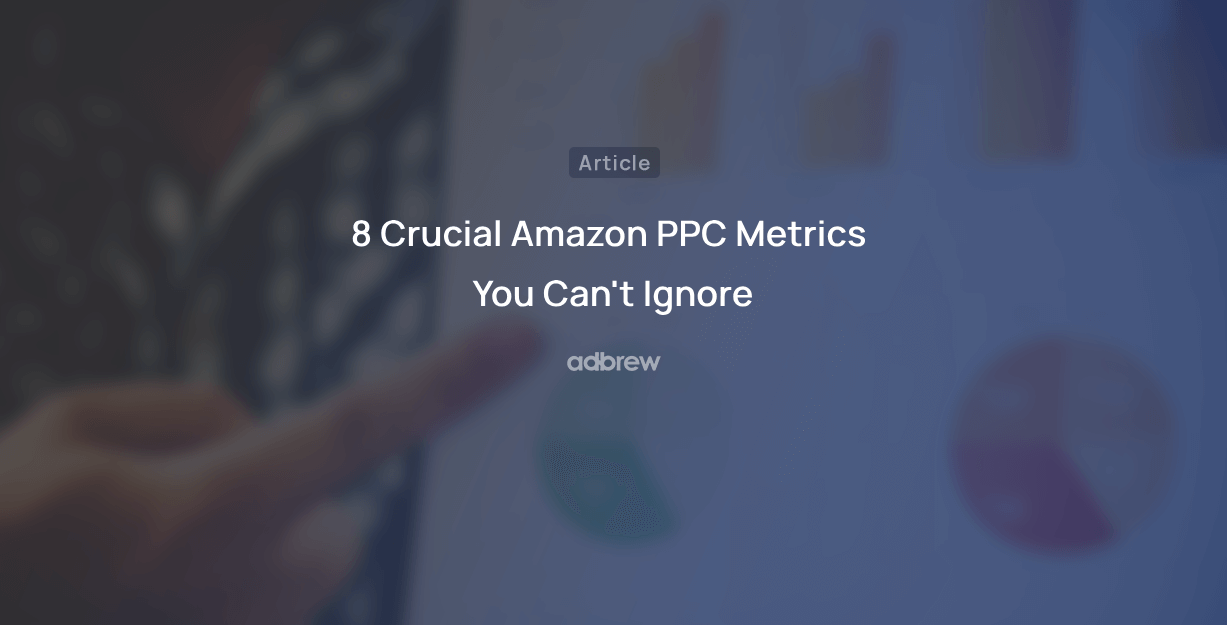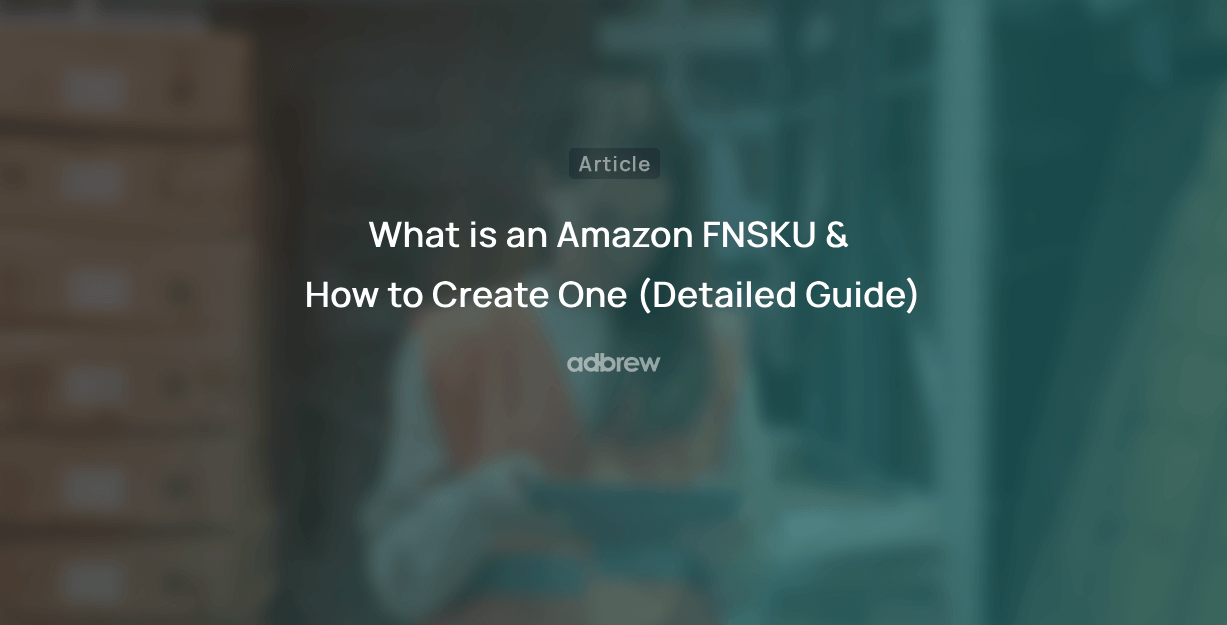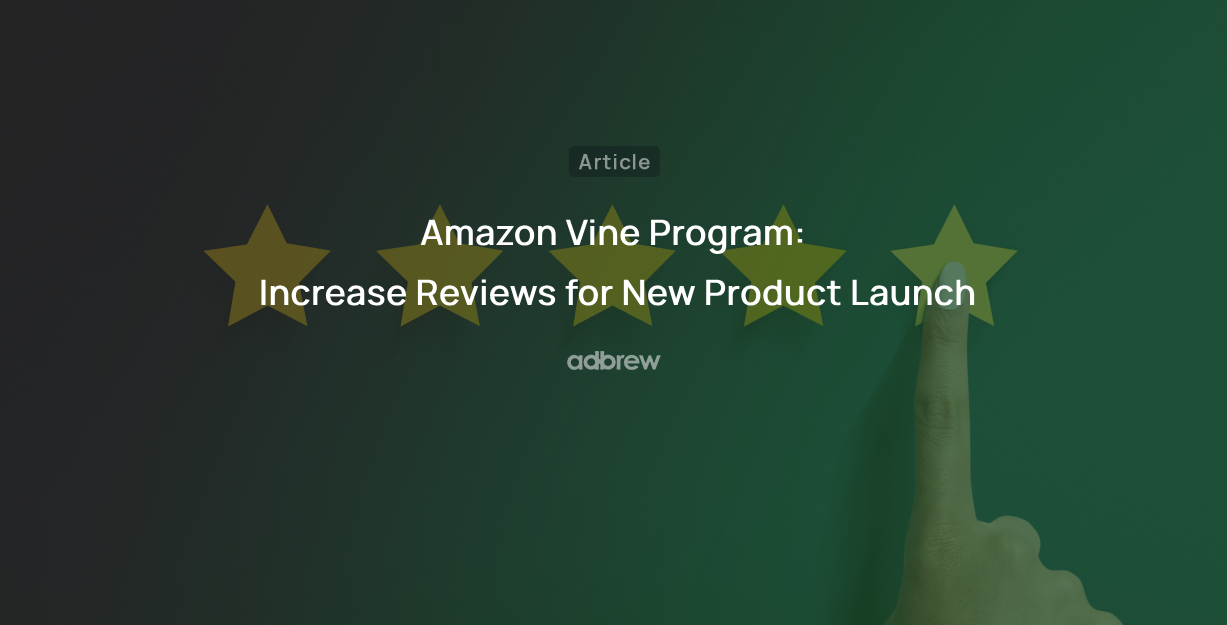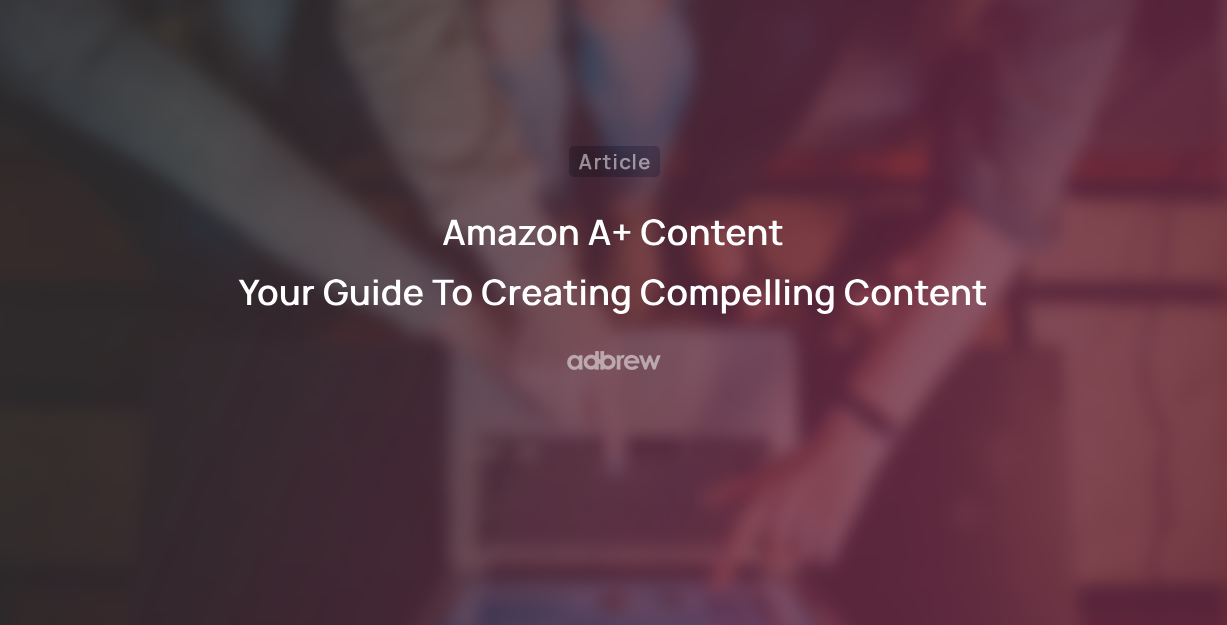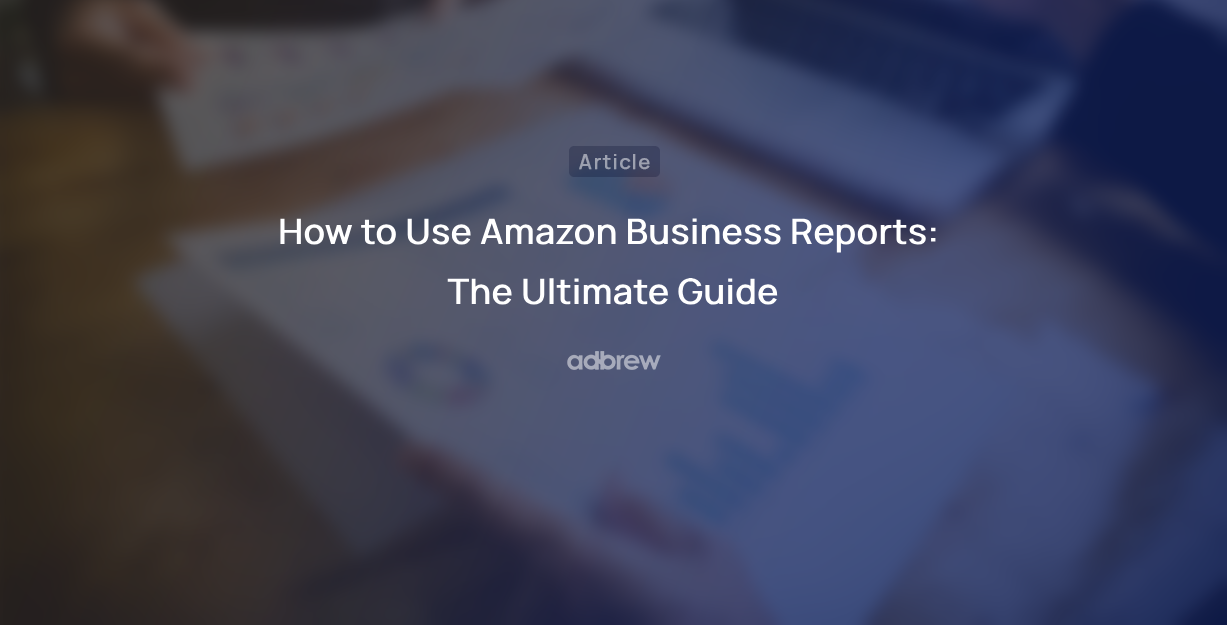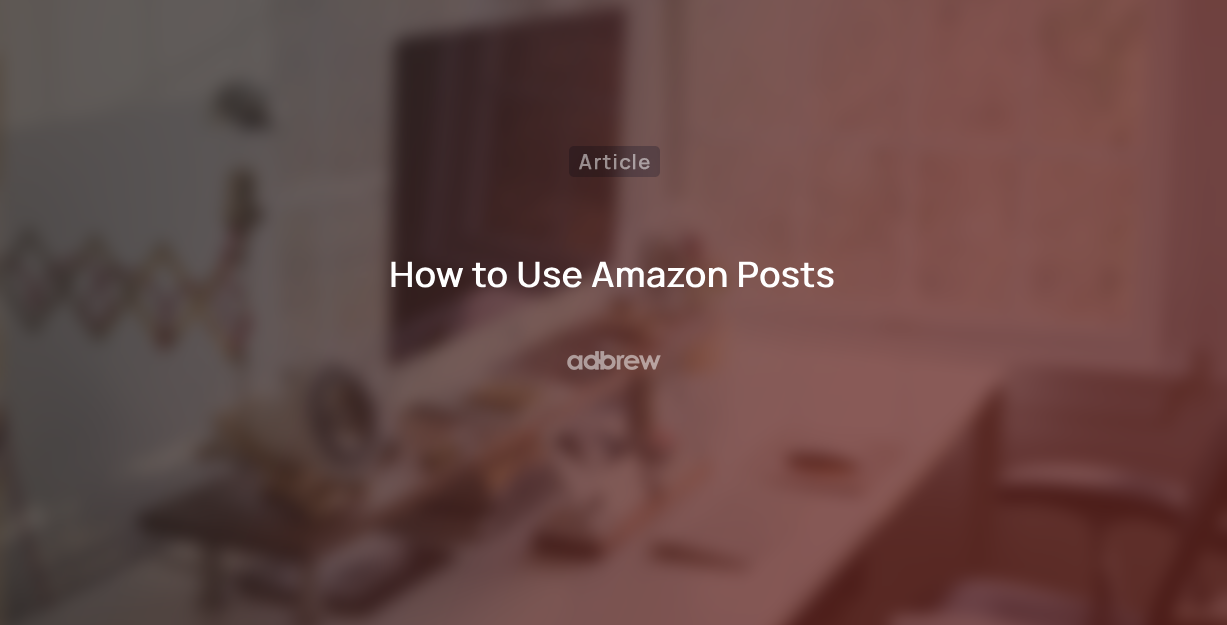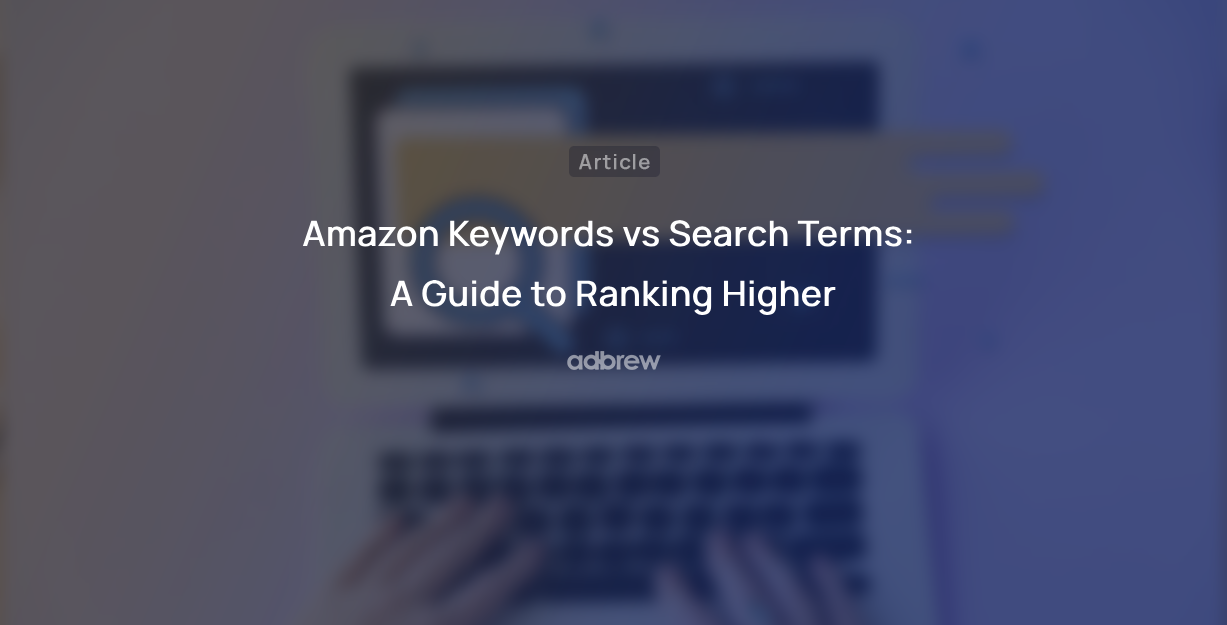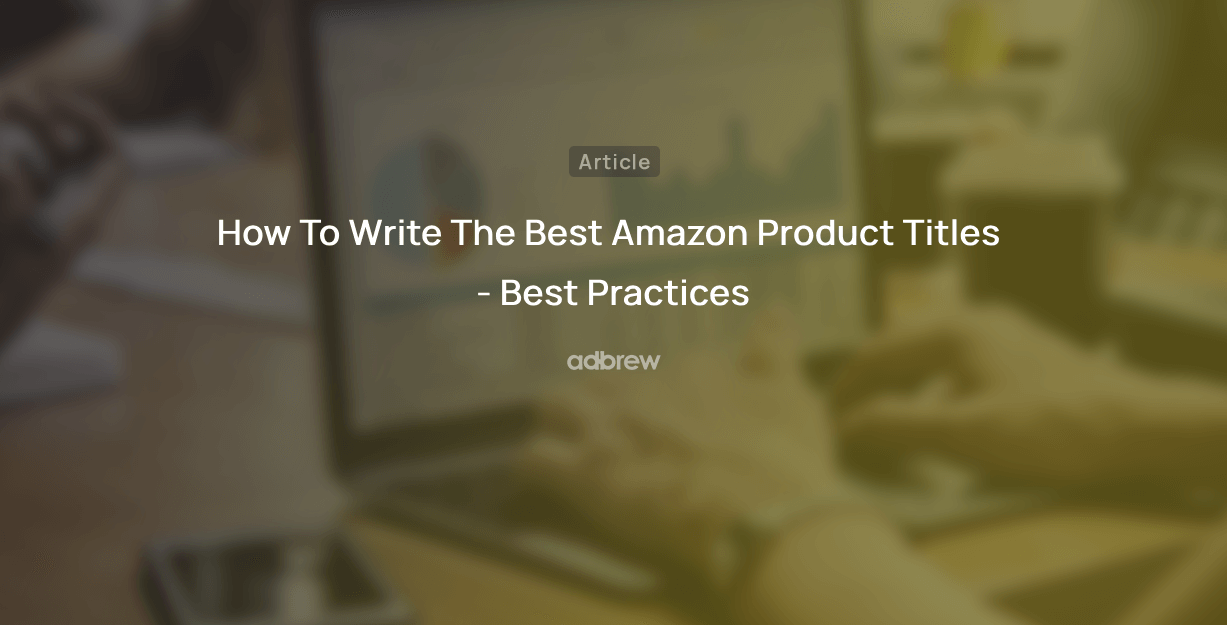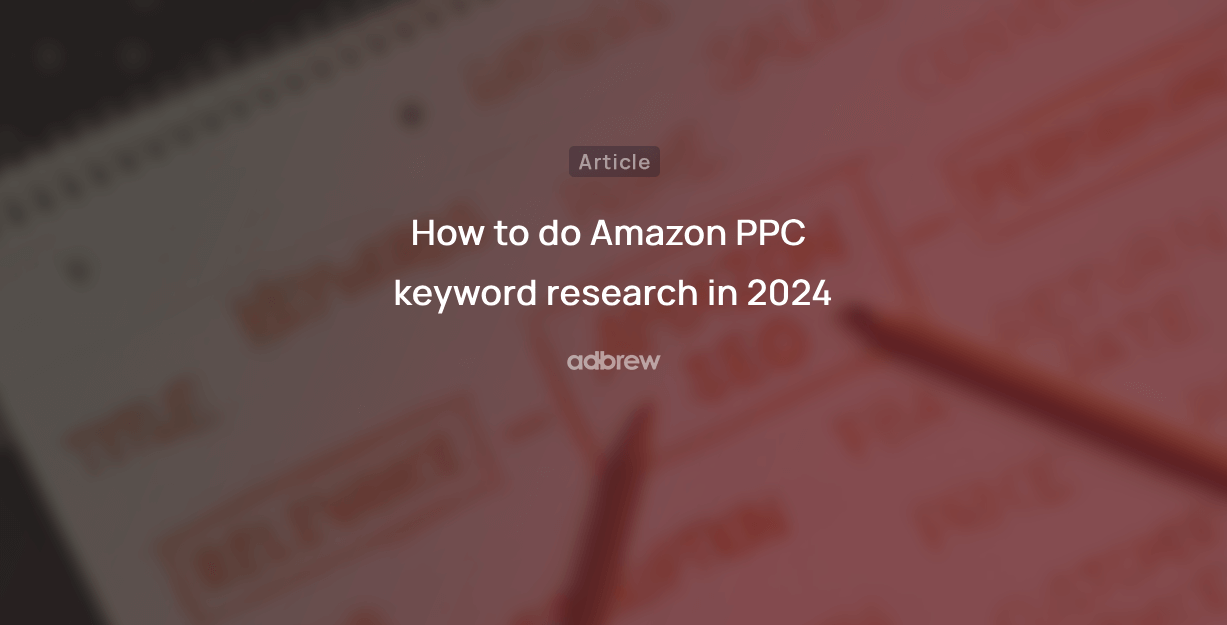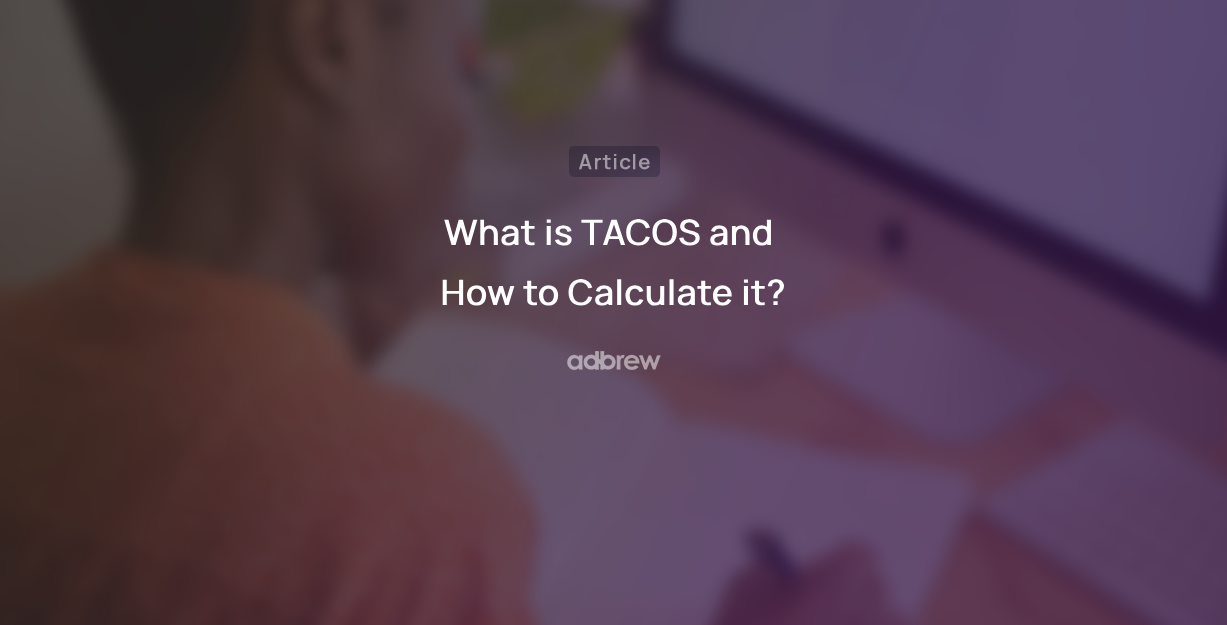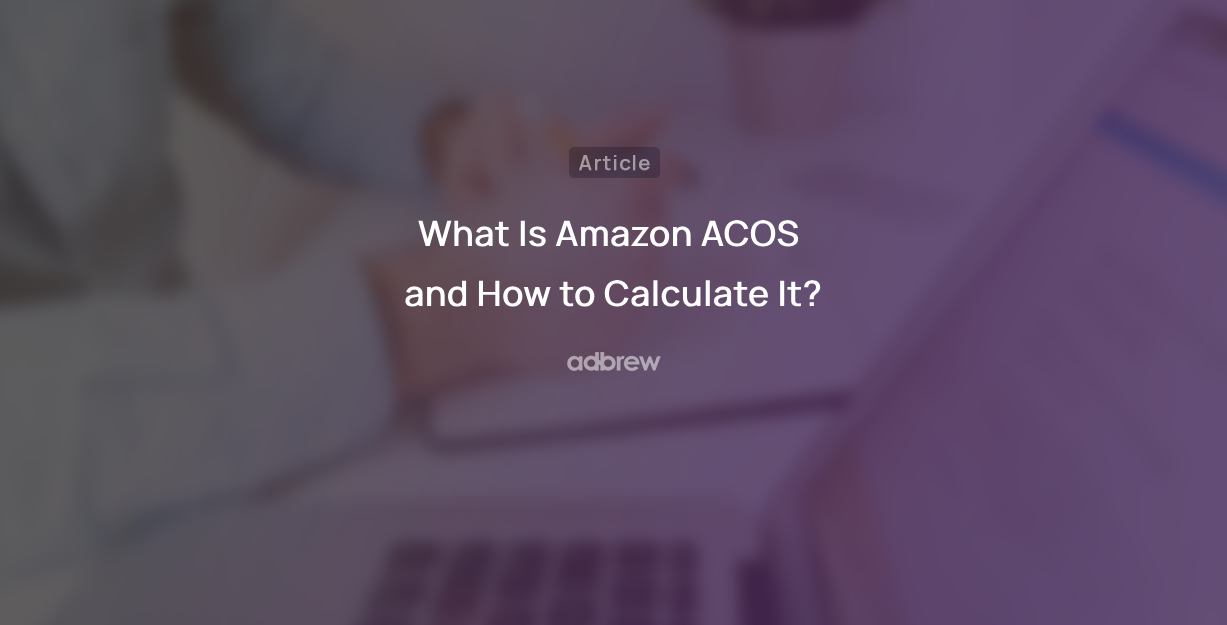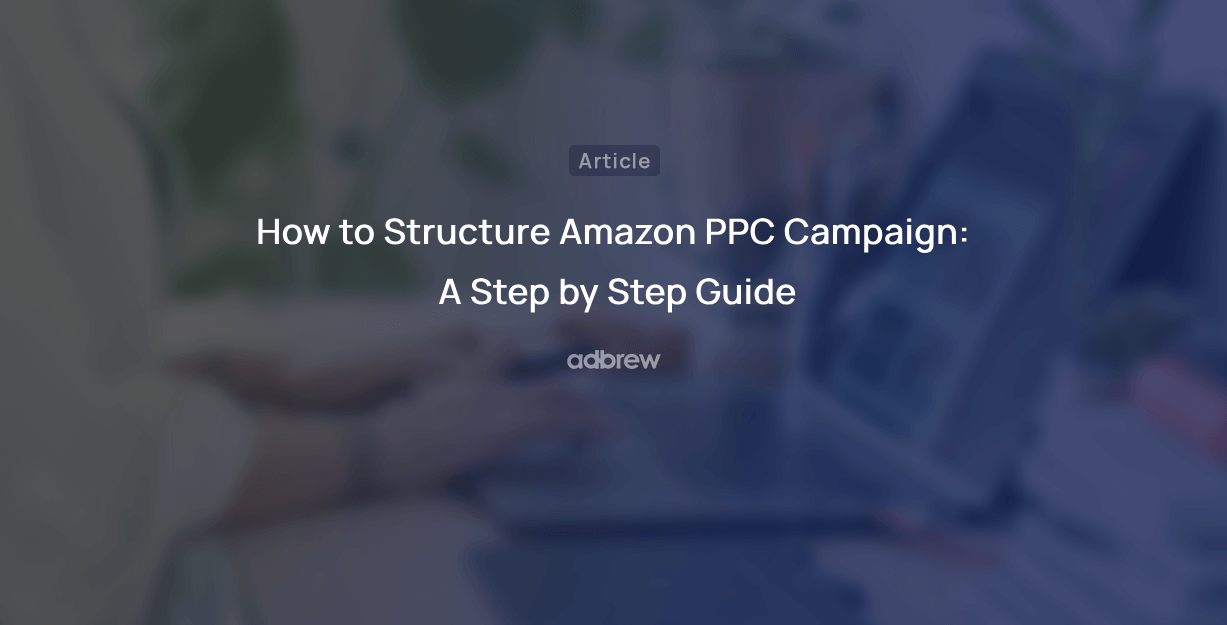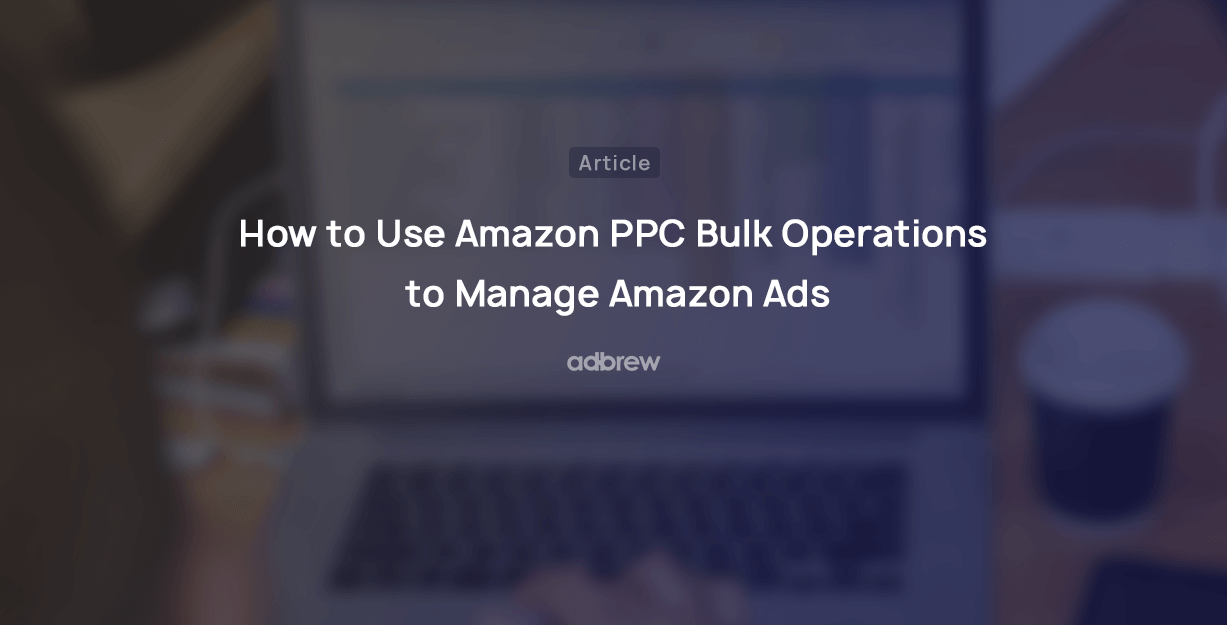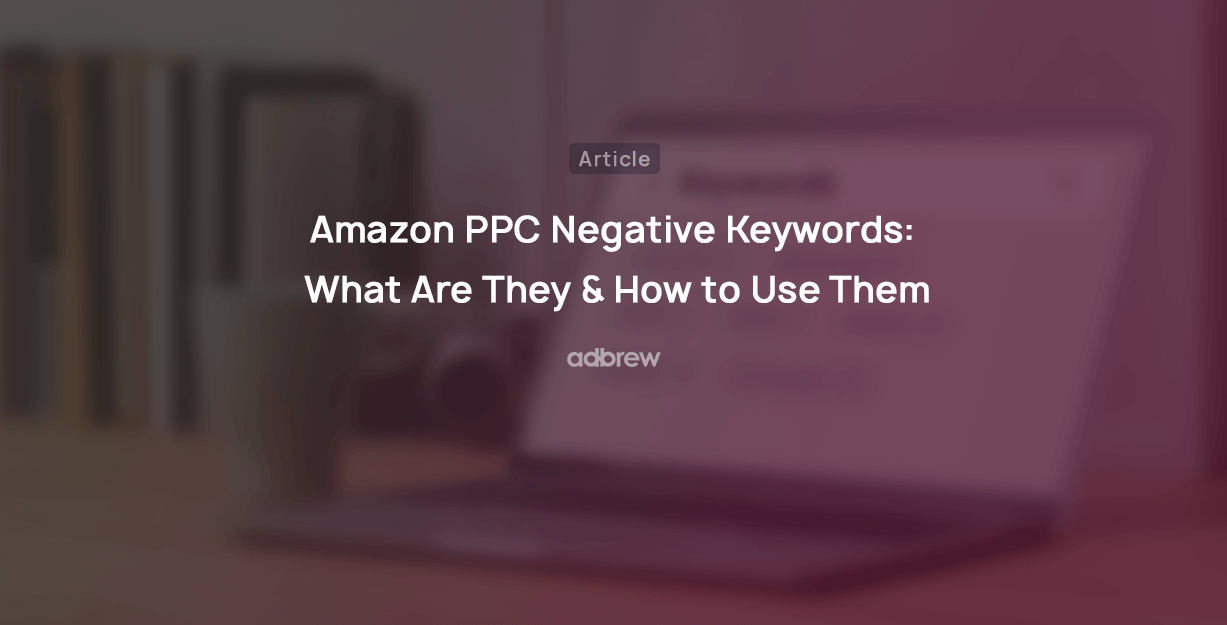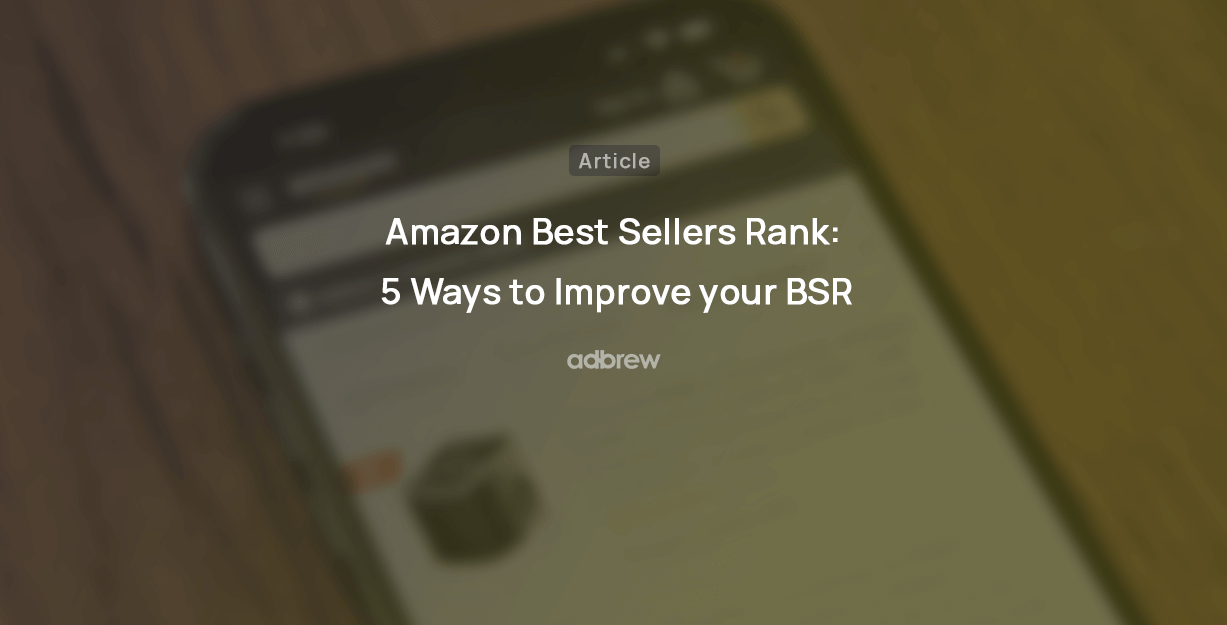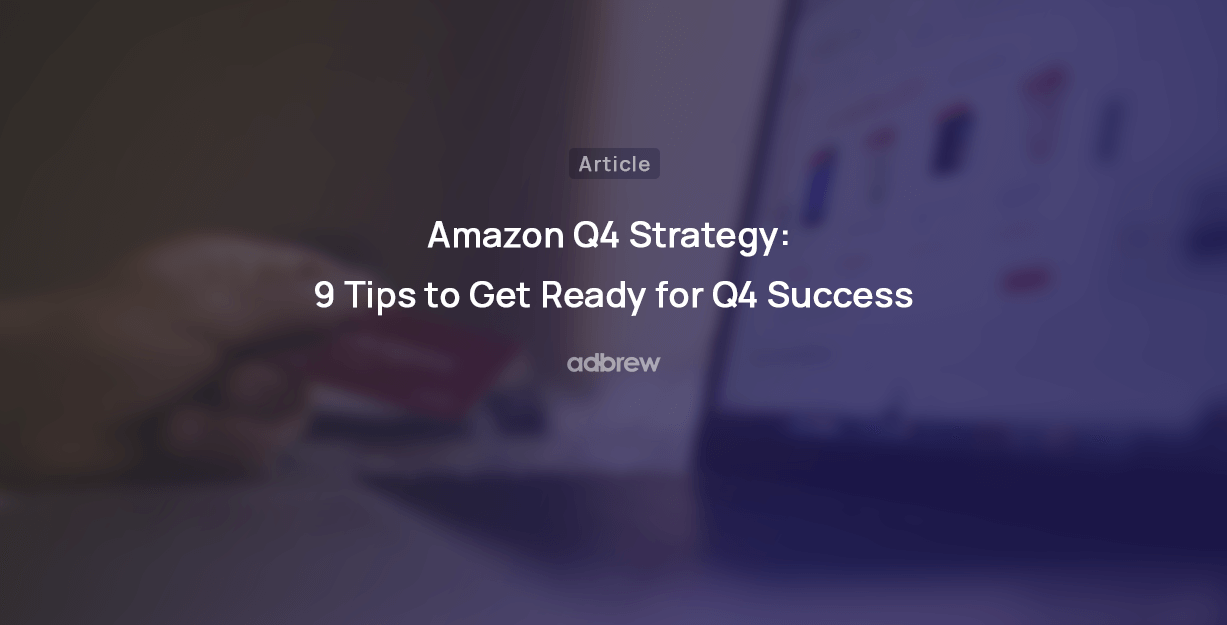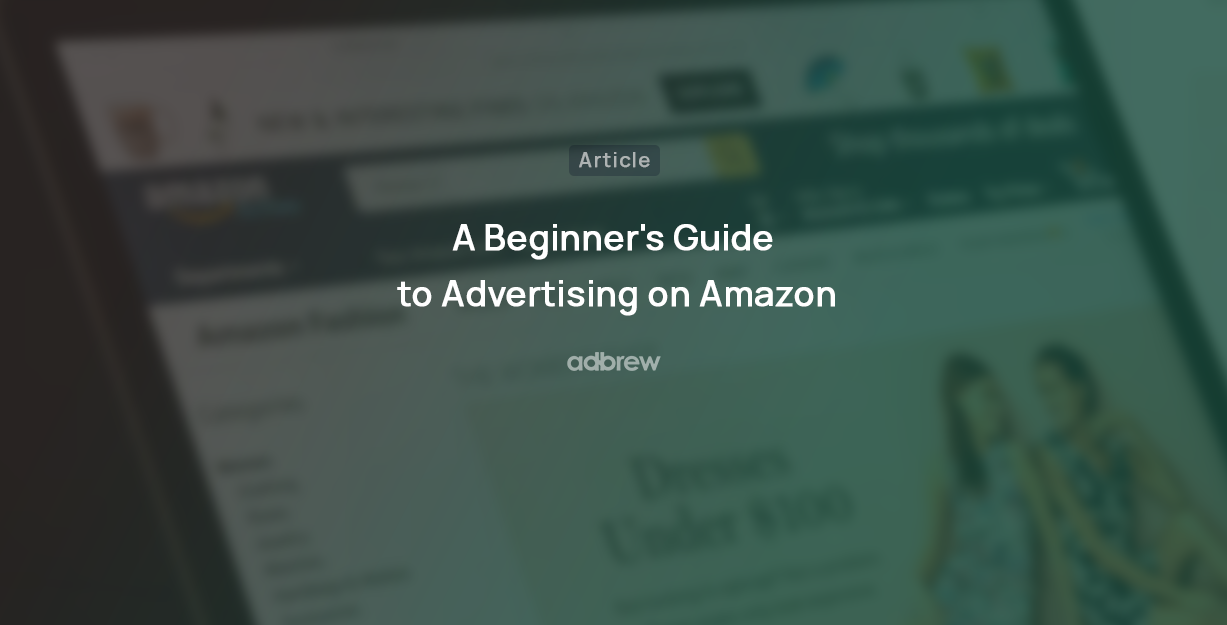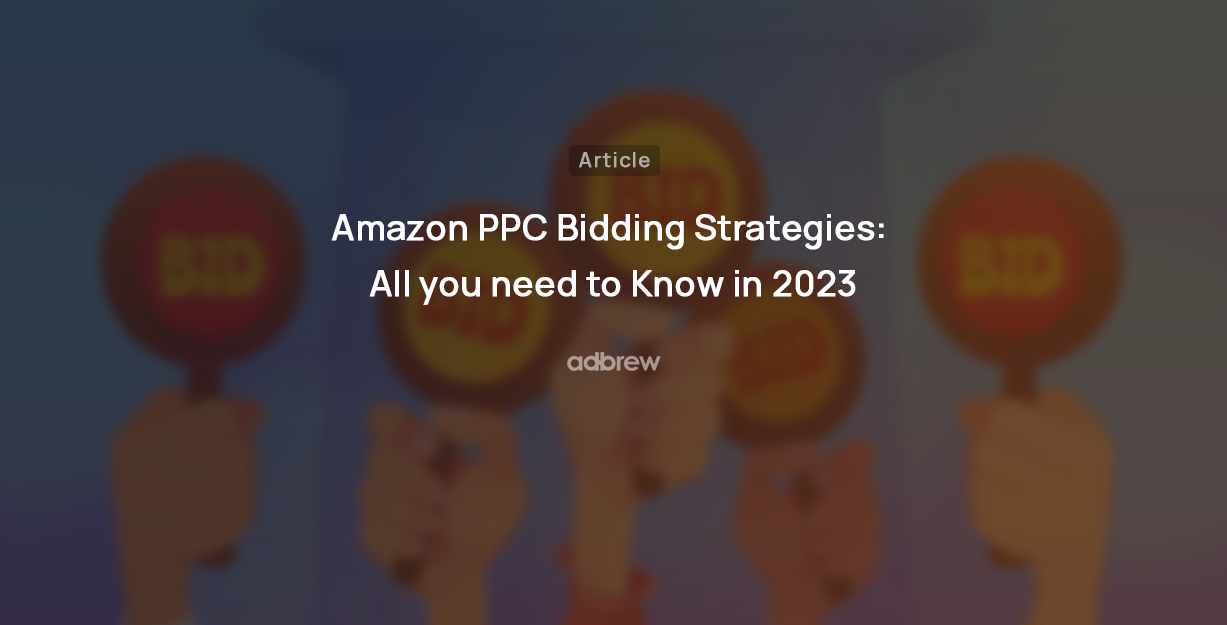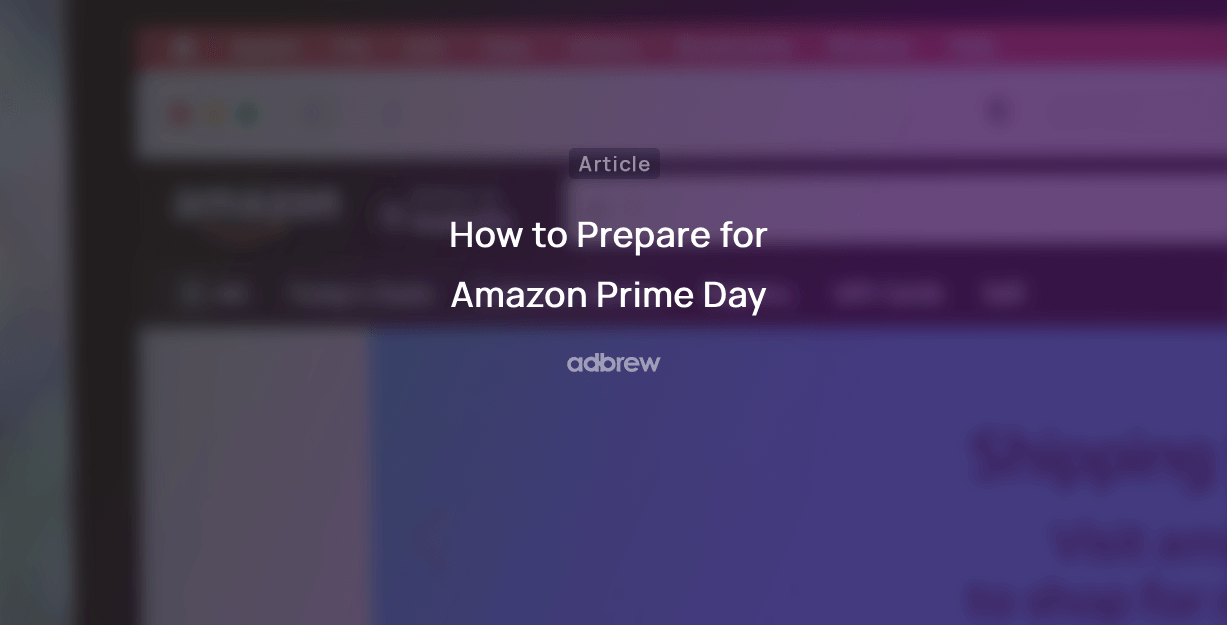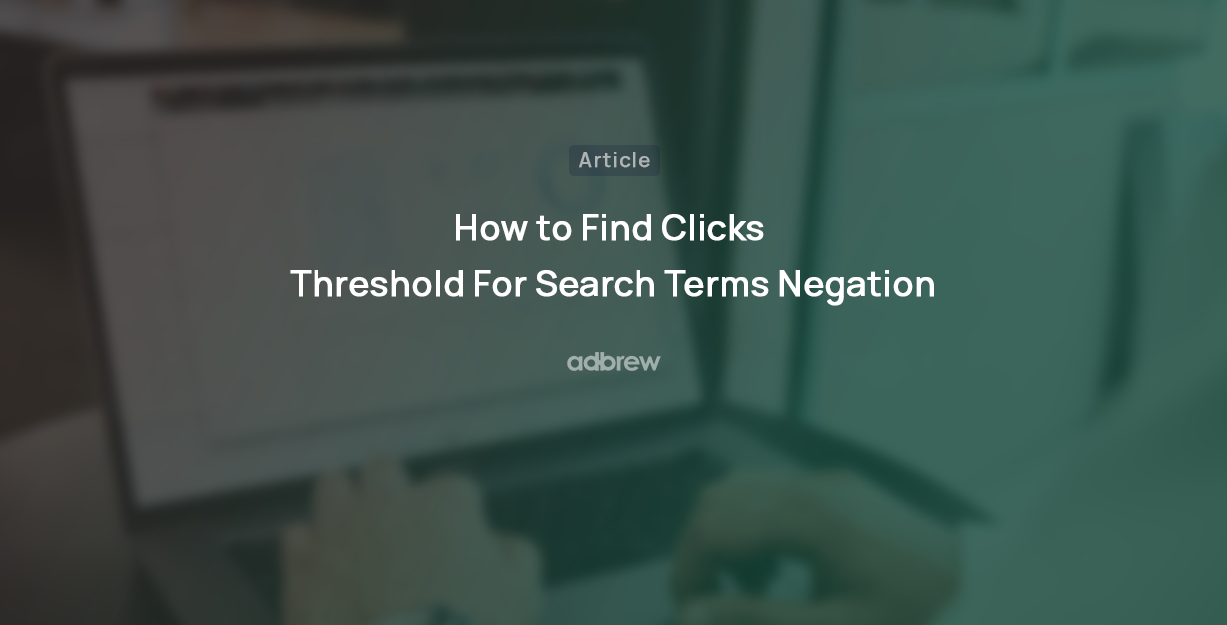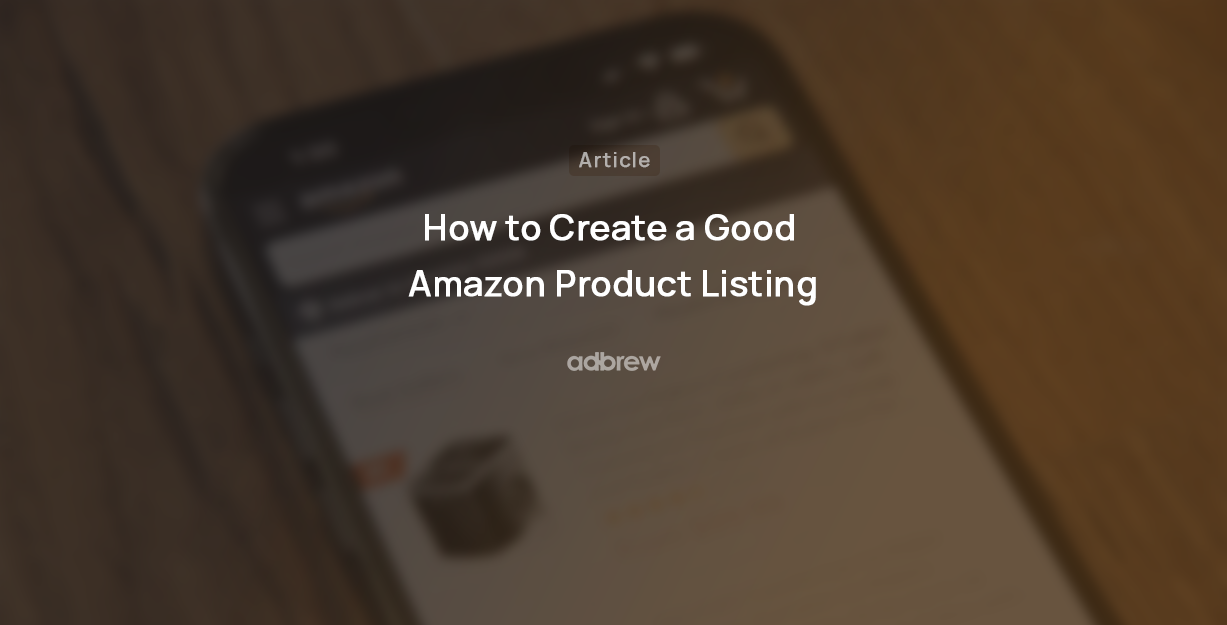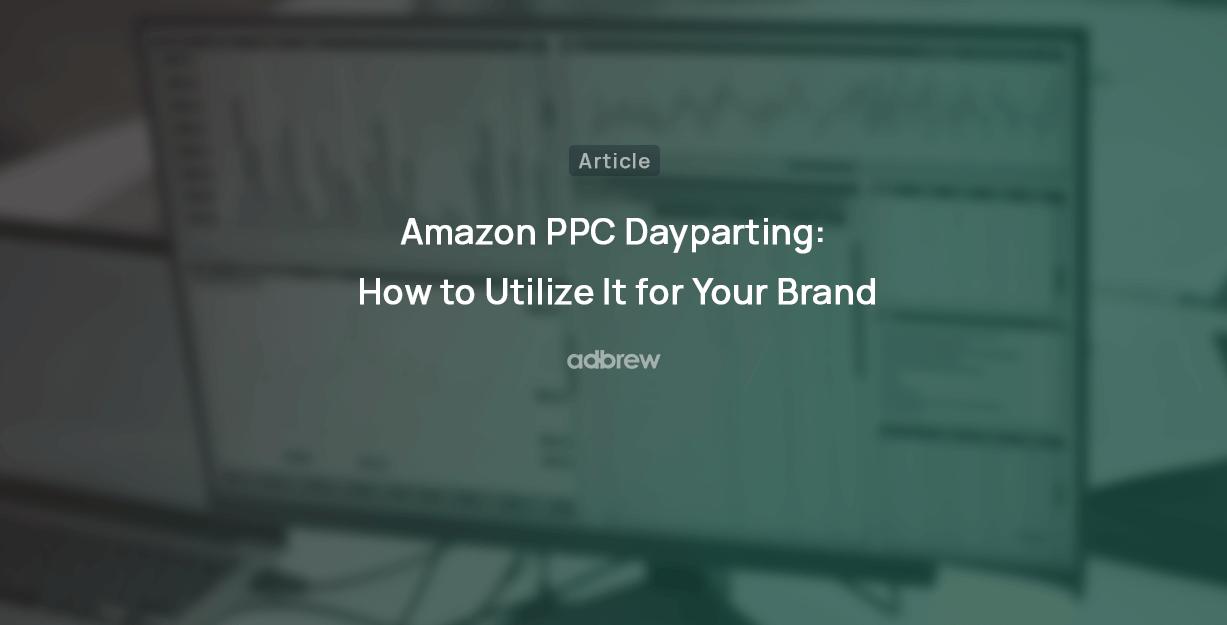
Turning your bookshelf into a source of income has never been easier, thanks to Amazon. If you have books collecting dust, selling them can be a practical way to start. As one of the largest online marketplaces for books, Amazon offers a vast customer base for everything from used novels to rare collectibles. Whether you’re looking to sell a few books you no longer need or launch a book-selling side hustle, this guide will take you through the process step by step.
In this beginner-friendly guide, we’ll cover the essentials: how to set up an Amazon seller account, tips for sourcing profitable books, pricing strategies to help you maximize your earnings, and more.
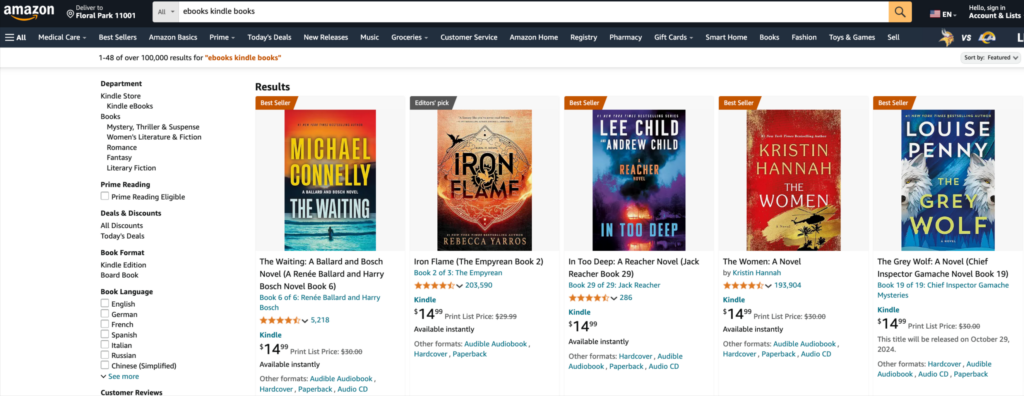
Why Sell Books on Amazon?
Amazon is the largest online marketplace in the world, with over 300 million active customers. By selling books on Amazon, you can tap into this vast customer base and increase your chances of making a sale. Additionally, Amazon offers a range of tools and services to help you manage your inventory, process orders, and provide customer service. With Amazon’s Fulfillment by Amazon (FBA) program, you can even store your books in Amazon’s warehouses and let them handle the shipping and customer service for you.
Step 1: Choose Your Seller Account Type
Before you start selling books on Amazon, it’s important to understand the two main types of Amazon seller accounts:
Individual Seller Account: If you’re only planning to sell a few books occasionally, the Individual account is the best option. Amazon charges a small fee per book sold (currently $0.99) but does not have a monthly fee.
Professional Seller Account: If you plan to sell a large number of books or want to turn book selling into a small business, the Professional account is ideal. Amazon charges a monthly subscription fee of $39.99, but you won’t pay the $0.99 fee per item sold.
Tip: If you’re aiming to sell more than 40 books per month, a Professional Seller Account is generally more cost-effective.
Step 2: Set Up Your Amazon Seller Account
To begin selling, you’ll need to set up your Amazon seller account. Follow these steps to get started:
Go to Amazon’s Seller Central and click “Sign up.”
Choose either an Individual or Professional account, based on your selling goals.
Complete the registration form, which will ask for your business details, payment information, and tax identification (if you’re creating a business).
Verify your identity, and once approved, you can start creating book listings!
Step 3: Source Books to Sell

The key to successfully selling books on Amazon is sourcing profitable books. There are plenty of places to find good deals, both offline and online:
Thrift Stores and Flea Markets: Look for gently used books and collectibles at local thrift stores, flea markets, and garage sales. These places often offer valuable books and comics at a low price.
Library Sales: Many libraries hold sales where you can find great deals on both fiction and non-fiction titles.
Estate Sales: Estate sales often feature entire collections of collectible and valuable books, which can be highly profitable.
College Textbooks: College textbooks have a high resale value. Look for older editions that are still in use for courses or new textbooks that students are selling. Selling textbooks can be particularly profitable due to demand spikes during the academic year.
Friends and Family: Sometimes, friends or family members may have books they no longer need. Offer to sell these books, especially textbooks, and split the profit!
Bulk purchasing from wholesalers, distributors, or publishers is crucial for acquiring a large inventory. Established sellers often accumulate a significant number of reviews, indicating a high volume of books sold.
Step 4: Check Profitability and Competition
Before investing in books to resell, it’s crucial to assess each book’s sales potential, profitability, and competitive landscape. Here’s how to make informed buying decisions:
Use the Amazon App: Scan the book’s ISBN using the Amazon Seller app to pull up its listing and check its Best Seller Rank (BSR). The BSR is a key indicator of sales velocity—a lower BSR typically means higher demand. Books with a ranking under 100,000 often sell quickly, while those ranked over 1,000,000 may take much longer to move. The book’s best seller ranking reflects its sales performance and popularity by displaying its relative position compared to other titles. This ranking is crucial for authors and sellers to select high-demand niches and make informed decisions based on current trends.

Analyze the Competition: Review how many other sellers are listing the same title. If a book has a high number of sellers, it may be tougher to sell unless you can offer a lower price or a superior condition. Fewer competing sellers can mean less price pressure and potentially higher profits.
Calculate the Profit Margin: Factor in Amazon’s referral and closing fees, which apply to each book sale. Use the Amazon app or third-party tools to estimate these fees upfront, and then calculate your profit margin. Subtract the cost of the book, Amazon fees, and any anticipated shipping costs from your expected sale price to determine if the profit is worthwhile.
Evaluate Book Condition: Books in top condition, labeled as “Like New” or “Very Good,” generally command higher prices. Take note of any wear, highlights, notes, or damage, as these factors can reduce the book’s value. Presenting a well-maintained book can give you a competitive edge over other listings.
Step 5: Create Book Listings on Amazon
Once you’ve sourced some books, it’s time to list them on Amazon. Here’s how to create a professional, appealing listing:
Search for the Book by ISBN or Title: Using Seller Central, search for the book using the ISBN or title to locate the existing Amazon listing.
Click “Sell Yours”: Once you find the listing, click “Sell Yours” to add your copy to Amazon. The book’s ISBN will autofill the title and other details, making it easy to create the listing.
Set the Condition and Price: Describe the condition accurately (e.g., “Like New,” “Very Good,” “Good”). Set a competitive price based on other sellers’ prices for the same book. You can also adjust the price later based on sales data and demand.
Set Your Fulfillment Option:
Fulfilled by Merchant (FBM): You’ll handle packaging, shipping, and customer service. This is the default for new sellers.
Fulfilled by Amazon (FBA): Amazon handles shipping and customer service, but you’ll pay storage and fulfillment fees. This option gives you access to the Amazon Buy Box, which can increase book sales by showing your listing more prominently.
Learn more about Amazon FBA vs FBM by clicking here.
Step 6: Develop a Pricing Strategy
Pricing is crucial when selling books on Amazon. To optimize your sales, consider the following:
Undercut Slightly: If possible, price your book a bit lower than other booksellers in the same condition category. This can help secure the Buy Box and increase sales potential.
Monitor the Book’s Price Regularly: Stay competitive by regularly checking the lowest price for your book and adjusting as necessary. Prices on Amazon fluctuate, so keep your listings up to date.
Consider Supply and Demand: Some books, such as valuable books or out-of-print titles, may have fewer sellers, so you can set a higher price. High-demand items like college textbooks also fetch higher prices.
Stay Up to Date: Use resources like Amazon’s Best Seller list and Goodreads to stay up to date on market trends and reader preferences. This will help you adapt your pricing strategy effectively.
Step 7: Promote Your Listings
To boost book sales, here are some effective promotion strategies:
Create Special Promotions: Use Amazon’s Seller Central to offer discounts, coupons, or bundle deals. Promotions can attract buyers and improve your sales ranking.
Earn Positive Reviews: Encourage customers to leave reviews for your books, especially if you’re selling new books or self-published titles. Positive reviews enhance your reputation and sales.
Offer Fast Shipping: Using FBA for fulfillment means faster delivery for customers, which can lead to more book sales and improve your standing in search results.
Step 8: Track Your Inventory and Sales History
Staying organized is essential for long-term success. Use Seller Central to monitor your sales history, inventory, and financial performance.
Regularly Review Your Inventory: Keep an eye on stock levels and reorder books that sell well. If you’re using FBA, keep only enough stock to avoid high storage fees.
Track Profitable Products: Identify books that consistently sell well or generate higher profit margins. Focus on sourcing more books in these categories.
Monitor Monthly Sales and Profit Margins: Analyze which types of books, such as comic books, college textbooks, or non-fiction, provide the best returns and adjust your sourcing and pricing strategies accordingly.
Selling New vs. Used Books on Amazon
When deciding to sell books on Amazon, one of the key considerations is whether to focus on selling new books, used books, or a combination of both. Each option has its advantages and challenges, and understanding these differences can help you tailor your approach for greater success. Additionally, writing and selling your own books can offer significant benefits, including potential revenue through royalties and enhanced personal branding.
Selling New Books
Higher Price Points: New books typically sell at retail prices, allowing you to set higher price points compared to used books. This can lead to greater profit margins, especially for popular or newly released titles.
Access to the Buy Box: Selling new books often increases your chances of winning the Buy Box, which is the coveted position that allows your listing to be the default option for customers. This visibility can significantly boost your sales.
Lower Competition: Depending on the title, there may be less competition for new books, especially if you’re offering exclusive editions, signed copies, or new releases that haven’t hit the used market yet.
Condition Guarantee: When selling new books, you can assure customers of the book’s quality. This often leads to higher customer satisfaction and positive reviews, which can enhance your seller reputation.
Inventory Management: Managing inventory for new books can be more straightforward since they typically have consistent pricing and demand compared to the fluctuations seen in used book pricing.
Challenges of Selling New Books:
Initial Investment: Buying new inventory can require a larger upfront investment compared to sourcing used books.
Competition from Retailers: New books are often available at major retailers (both online and offline), which can lead to price competition. You may need to be strategic with your pricing to remain competitive.
Selling Used Books
Lower Acquisition Costs: Used books can often be sourced at a much lower cost from thrift stores, library sales, estate sales, and garage sales. This allows for greater flexibility in pricing and potentially higher profit margins.
Market Demand for Rare and Vintage Titles: There is a thriving market for rare and vintage used books. If you can identify valuable books or collectibles, you may command a higher price than for new editions.
Diverse Inventory: Selling used books allows you to offer a wider variety of titles and genres. You can also capitalize on niche markets, such as out-of-print books, textbooks, and comic books, which may have limited availability.
Less Risk of Unsold Inventory: Used books can often be bought in smaller quantities, which helps minimize the risk of holding onto unsold inventory for too long.
Eco-Friendly Appeal: Many consumers today are drawn to the idea of buying used items to promote sustainability. Selling used books can appeal to this environmentally conscious demographic.
Challenges of Selling Used Books
Condition Variability: Used books may come in various conditions, and accurately describing their state is crucial. Poorly described books can lead to customer dissatisfaction and negative reviews.
Lower Selling Prices: Generally, used books sell for lower prices than new ones, which may impact your overall profit margins. You must be diligent in sourcing to ensure profitability.
Increased Competition: The used book market can be saturated, especially for popular titles. You’ll need to differentiate your listings through competitive pricing, condition, and additional services like fast shipping or quality customer service.
Combining Both Approaches
Many successful sellers find that a combination of selling new and used books allows them to maximize their profits and reach a broader audience. Here are a few strategies for combining both approaches:
Diversify Inventory: By sourcing both new and used books, you can cater to different types of customers. New books can attract buyers looking for the latest titles, while used books can appeal to budget-conscious shoppers and collectors.
Leverage Market Trends: Pay attention to market trends to determine which type of book to focus on. For example, if a new book is generating buzz, consider sourcing new copies. Conversely, if you notice a classic title gaining interest, it may be time to stock up on used editions.
Create Bundle Offers: Consider offering bundles that include both new and used books. This can enhance perceived value for the customer and increase your average order value.
In summary, the choice between selling new vs. used books on Amazon depends on your goals, available resources, and market knowledge. By weighing the benefits and challenges of each approach, you can develop a tailored strategy that aligns with your strengths and business objectives.
Additional Tips and Resources
Here are some additional tips and resources to help you succeed in selling books on Amazon:
Helpful Resources
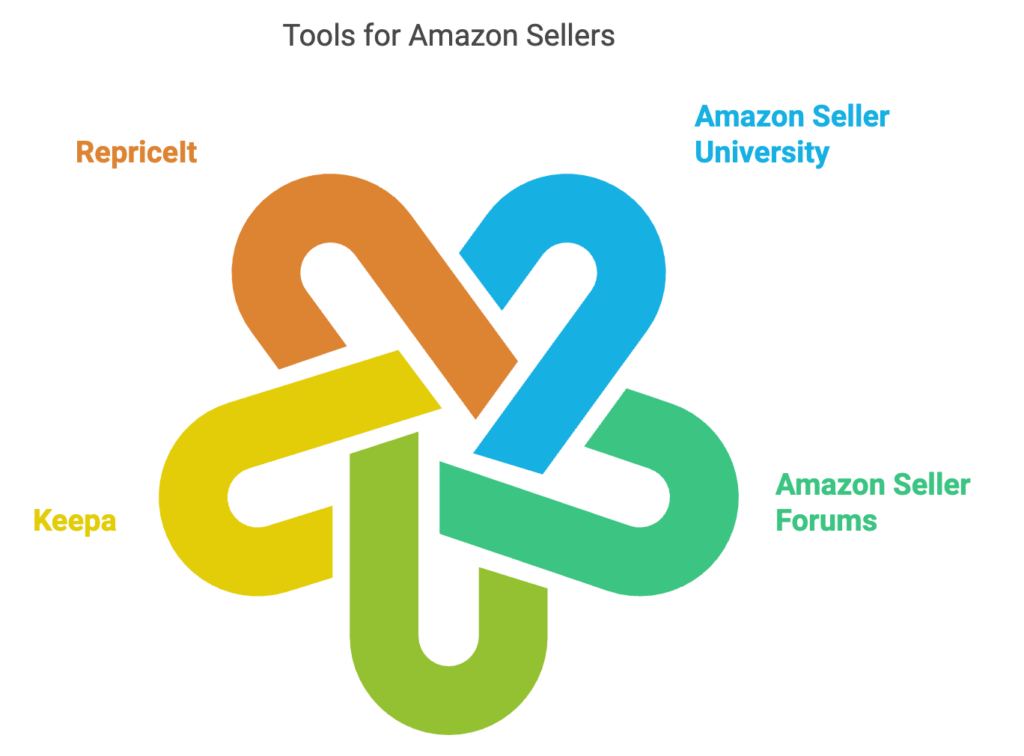
Amazon Seller University: This is a free resource provided by Amazon that offers tutorials, webinars, and other training materials to help you get started with selling on Amazon.
Amazon Seller Forums: This is a community forum where you can connect with other Amazon sellers, ask questions, and share knowledge and experiences.
BookScouter: This is a website that allows you to compare prices for used books across multiple buyback vendors, helping you to find the best deals.
Keepa: This is a tool that provides historical price data for Amazon products, helping you to make informed pricing decisions.
RepriceIt: This is a tool that helps you to reprice your books quickly and easily, ensuring that you stay competitive in the market.
By following these tips and using these resources, you can increase your chances of success in selling books on Amazon and build a profitable business.
Conclusion
Selling books on Amazon is a fantastic way to earn money by flipping thrift store finds, college textbooks, and collectible books. By following these steps—setting up your account, sourcing books, using product research, and refining your pricing strategy—you’ll be well on your way to a profitable book-selling business.
Maximize Your ROI on Amazon Advertising Spend
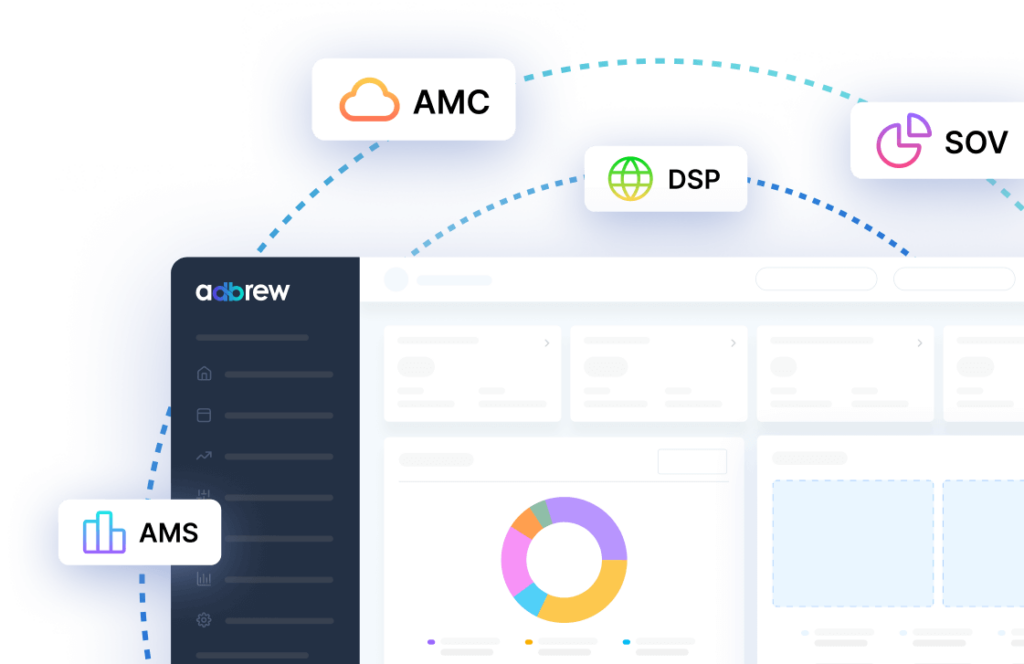
Frequently Asked Questions
Can I sell books on Amazon without a professional account?
Yes, you can sell books using an Individual Seller account if you’re selling fewer than 40 books per month, though per-item fees apply.
What are the best types of books to sell on Amazon?
College textbooks, rare collectibles, and books in high demand (like trending titles or niche genres) tend to be the most profitable.
How does Fulfillment by Amazon (FBA) help book sellers?
FBA manages storage, shipping, and customer service for you, giving your listings access to the Buy Box and faster shipping options.
Recent Posts
Take your Amazon PPC advertising to the next level

Related Blogs
Running Amazon ads with an empty shelf? You might as well be burning cash. Many sellers focus on optimizing bids, […]
In today’s competitive digital landscape, growing your eCommerce brand requires more than just a standalone website or a single marketplace […]
Are you an Amazon seller looking to offload excess inventory or seasonal items? The Amazon Outlet program might be just […]
Turning your bookshelf into a source of income has never been easier, thanks to Amazon. If you have books collecting […]
If you’re an Amazon seller, encountering an account suspension or policy violation can be a significant setback. But with the […]
Introduction Amazon dropshipping is an increasingly popular way to run an e-commerce business without the need to store or ship […]
Introduction The Amazon Influencer Program is a great way for content creators to turn their influence into earnings. This program […]
Introduction Amazon Kindle Direct Publishing (KDP) is a platform that allows authors to self-publish their work as ebooks or print […]
Selling on Amazon offers many opportunities for businesses, but it’s essential to understand the costs involved with Fulfillment by Amazon […]
Walmart is quickly becoming a popular platform for brands and sellers to connect with more customers. One way to boost […]
In today’s competitive retail landscape, reaching the right audience at the right time is crucial for success. Walmart’s Demand Side […]
In today’s fast-paced eCommerce landscape, shoppers demand speedy delivery. Walmart has responded by offering 2-day shipping, giving sellers on the […]
Running successful Walmart advertising campaigns takes more than just setting them up—it requires ongoing optimization. A Walmart PPC (Pay-Per-Click) audit […]
Are you ready to tap into the massive potential of Walmart Marketplace? With millions of daily visitors and a loyal […]
In the world of e-commerce, Amazon and Walmart reign supreme, dominating the retail landscape. These two giants offer vast opportunities […]
Are you a brand owner struggling to maintain control over your products on Walmart? The Walmart Brand Portal is here […]
Are you dreaming of a passive income stream from your Walmart store? The allure of an automated Walmart store with […]
Are you a seller looking to tap into the massive market of private-label brands? Walmart, one of the world’s largest […]
Tired of your Walmart products getting lost in the shuffle? In this blog post, we’ll dive into the essential strategies […]
Ever wondered why some Amazon sellers seem to have a magic touch with product bundles? It’s not luck—it’s strategy. Bundling […]
If you’re a Walmart seller looking to grow your business through retail media, Walmart Connect could be a game-changer. But […]
If you’re an Amazon seller, you may have noticed a portion of your inventory marked as “reserved” without knowing exactly […]
Have you ever wondered what managing your own Amazon orders is like? Switching from Fulfilled by Amazon (FBA) to Fulfilled […]
Walmart Marketplace offers an exciting opportunity for sellers to reach a vast audience by listing their products on Walmart’s platform. […]
Selling products on online marketplaces has become a vital strategy for businesses to reach more customers. If you’re looking to […]
Are you a Walmart seller aiming to improve your visibility and sales? In this blog, we will explore Walmart SEO, […]
As an Amazon brand owner, maintaining control over your product listings is essential to protect your brand’s reputation and customer […]
Improving your sales on Walmart starts with understanding how to consistently win the Buy Box. Securing this position can make […]
Are you an Amazon seller struggling to increase your rating? A high seller rating is crucial for attracting new customers […]
As an Amazon seller, providing the best customer service is paramount to maintaining a positive customer experience. One key metric […]
If you’re an Amazon seller and curious about Amazon IPI score and its impact on your business, this blog post […]
Introduction Starting an Amazon subscription box business presents a unique opportunity to tap into the growing trend of curated, recurring […]
Thinking about using Fulfillment by Amazon (FBA) to sell on the Amazon marketplace? Awesome! But before you box up your […]
Thinking about using Fulfillment by Amazon (FBA) to streamline your Amazon business? While FBA offers a convenient way to store […]
For FBA sellers, the Amazon Buy Box is the holy grail of product visibility. But with constant algorithm updates and […]
Have you ever wished you could offer customers pre-made packages of complementary products without the hassle of physically bundling them […]
Have you ever wanted to create a more branded and engaging presence for your products on Amazon? An Amazon storefront […]
Are you storing items on Amazon for a while? If so, it’s important to be aware of Amazon long term […]
When selling products on Amazon, it is crucial to follow their packaging requirements, rules, and guidelines. Proper packaging ensures that […]
Amazon A/B testing can significantly enhance your product listings and boost sales. This method, also known as split testing, involves […]
Have you ever browsed Amazon and stumbled upon a product with a little blue badge that reads “Amazon’s Choice“? It […]
Amazon FBA vs FBM needs to be explored, when we ship products and handle orders while selling on Amazon. With […]
Ever feel like you’re missing something in your Amazon PPC Search Terms report? You might be! Sure, they show what […]
Amazon can be a fantastic platform to reach new customers, but keeping your virtual shelves stocked can get tricky. That’s […]
Navigating Amazon as a new seller can be tough, but there are tools and programs available to help such as […]
Have you ever scrolled through an Amazon search result page and noticed product recommendations nestled alongside the standard listings? These […]
Finding time for yourself while selling on a competitive marketplace like Amazon can be challenging. As a seller, your main […]
Starting an E-commerce business has become quite easy with Amazon, but it also brings heavy competition. Millions of Amazon sellers […]
As an Amazon seller, you know the importance of getting your products seen. But with millions of listings, how do […]
Ever scrutinized an Amazon product page and noticed the cryptic “Sales Rank”? Wondering what it means and how it impacts […]
Millions of products compete for customer attention on Amazon’s search results page, making it tough for your brand to stand […]
Are you selling products on Amazon and looking to increase your sales? This blog is for you. We’ll share tips […]
Are you an Amazon seller looking to boost your brand visibility and profitability? Are you feeling stuck in the cycle […]
Ever wonder what drives your online shopping habits? Perhaps a captivating product description, or an eye-catching professional photo? As it […]
For any seller on Amazon, understanding the A9 algorithm is crucial for success. This complex algorithm dictates which products appear […]
Are you an Amazon seller looking to turn those single purchases into recurring revenue? Look no further than the Subscribe […]
Amazon has become a go-to platform for all e-commerce business owners to launch and scale their e-commerce brands online. But […]
Mother’s Day, a time to celebrate the incredible women who raised us, is a prime opportunity for Amazon sellers to […]
In the ever-competitive landscape of Amazon, ranking high in organic search results is crucial for driving sales. While you might […]
If you’ve ever found yourself scratching your head over Sessions and Pageviews on your Amazon business reports, you’re not alone. At […]
Amazon is a massive marketplace, attracting millions of customers with diverse needs, preferences, budgets, and mindsets for shopping. To effectively […]
With Amazon boasting over $575 billion in retail sales for 2023, it’s no wonder so many sellers flock to its […]
Advertising on Amazon through pay-per-click campaigns can significantly enhance product visibility and sales for sellers. However, mastering Amazon PPC, with […]
Have you heard of the terms copyright infringement and plagiarism? If so, then Amazon Brand gating won’t be unfamiliar to […]
If you are running ads on Amazon, you’ll come across a sea of data in your advertising console. But does […]
Have you heard of the terms copyright infringement and plagiarism? If so, then Amazon Brand gating won’t be unfamiliar to […]
In the fast-paced world of e-commerce, where shoppers are bombarded with choices, standing out on platforms like Amazon is paramount […]
Are you planning to start an Amazon FBA store? If so, you’ll encounter a unique term – FNSKU. This seemingly […]
As an Amazon seller, you understand the power of reviews. They’re the lifeblood of trust and conversion on the platform. […]
Are you struggling to get Amazon reviews on your product? Well, you are not alone! Reviews are the backbone of […]
Are you tired of bland Amazon product listings failing to grab attention? In today’s competitive online marketplace, standing out is […]
As an Amazon seller, understanding how your brand performs throughout the customer journey is vital for success. However, until recently, […]
As an Amazon seller, optimizing your business and maximizing profits relies heavily on data analysis. One invaluable tool for gaining […]
Are you struggling to get noticed on Amazon’s massive platform? Do your products get lost in a sea of similar […]
For any Amazon seller getting into the world of sponsored advertising, understanding the Advertising Cost of Sale (ACoS) is crucial. […]
A well-executed Amazon product launch strategy can be the key to unlocking success and gaining a competitive edge. As the […]
In the ever-evolving landscape of e-commerce, distinguishing between keywords and search terms is vital for optimizing product visibility and driving […]
Ever felt like you are throwing darts in the dark when it comes to your marketing efforts outside Amazon for […]
Amazon, the e-commerce giant, has successfully concluded a robust business year with outstanding performance in quarter 4. The most recent […]
Picture this: you have a great product on Amazon, but it’s not selling well despite having attractive images and a […]
The advertising landscape is evolving, and viewers are rapidly migrating from traditional cable TV to streaming platforms. This presents a […]
Feeling lost in the Amazon discount jungle? Struggling to reach the right customers and entice them to make the purchase? […]
Are your products getting lost in the vast ocean of Amazon listings? Do you want them to stand out, rank higher, […]
For years, Amazon sellers were in the dark. They couldn’t see what keywords customers were using to find their products, […]
Selling on Amazon can be tough with so many others doing the same in your category. That’s why it’s super […]
For Amazon sellers, understanding their customers has often felt like navigating a maze without a map. The missing link? A […]
Have you ever felt like your Amazon advertising campaigns are lost in a tangled jungle of keywords? You’re not alone. […]
When did you last give your Amazon PPC account a checkup? Regular Amazon PPC audits are crucial to ensure the […]
Embarking on the path of online selling? If so, you’re likely aware that Amazon is your ultimate destination. With a […]
Ever felt like your product is lost in the vast Amazon jungle? You’re not alone. With millions of shoppers actively […]
Amazon Sellers selling on the Amazon marketplace usually utilize Amazon advertising without keeping a close eye on the TACoS metric. […]
The rush of Black Friday and Cyber Monday might be over, but the opportunity for continued sales growth extends beyond […]
In the fierce Amazon advertising domain, where competition rises and costs increase, understanding and keeping track of the right metrics […]
Have you ever felt the frustration of campaigns going out of budget, leading to missing out on potential sales, or, […]
Amazon PPC campaigns can be a powerful tool for driving traffic and sales to your products. However, without proper structure, they […]
Whether you are creating a new advertising campaign or optimizing existing ones, doing it manually from the Amazon ad console […]
Want to know what search terms people use to visit or purchase your product on Amazon? If yes, you’re in […]
When you are spending dollars or even more to get a click on your Amazon ads, you want to ensure […]
Are you an Amazon seller looking to maximize your profits and minimize your advertising costs? If so, you’re not alone. Many […]
Are you exclusively relying on traditional metrics such as CTR, CPC, CVR, or ROAS to make your campaign optimization decisions? […]
Navigating the ever-evolving landscape of Amazon’s online marketplace is essential for any seller looking to thrive on the platform. Among […]
As the holiday season approaches, businesses are gearing up for the highly anticipated Q4 rush. To ensure a successful Q4, […]
Do you regularly review your Amazon advertising reports? If not, you may be missing out on numerous opportunities. Amazon […]
Whether you’ve just launched a new product or have been selling on Amazon for a while, advertising on the platform […]
Amazon PPC bidding strategies that you choose play a significant role in the success of your Amazon Ads campaigns. As […]
Have you ever heard of a “catch-all campaign”? This single campaign can generate extra sales for you at a very […]
Amazon Prime Day is one of the largest global e-commerce sales events, attracting millions of customers worldwide. But how do […]
Are you looking to boost your brand’s visibility and drive more sales on Amazon? Look no further than Amazon Sponsored […]
Succeeding on Amazon in 2024 isn’t easy. Just listing your products and hoping for the best won’t work anymore. You […]
Are you bidding the same amount for all your ad placements on Amazon? If yes, then you’re missing out on […]
Whether you are looking to boost product discovery or target audiences further down the sales funnel who have already engaged […]
We, at Adbrew catalyze millions of dollars of ad spend monthly through our platform, with Sponsored Product Ads being the […]
Do you want to know how many clicks you should give a search term before adding it as negative in […]
Think of your product listing as a guiding light on the Amazon marketplace. It’s your chance to grab attention, tell […]
It is no longer a secret that shopping behavior on Amazon varies over the day. This is the reason why […]
Are you struggling to get the most out of your advertising budget on Amazon? Do you find that your campaigns […]
Ever run an Amazon Ad campaign and wondered why some sales weren’t directly linked to the products you advertised? That’s […]
If you’re managing Amazon PPC ads, it’s essential to have an effective and organized approach for target harvesting and movement. […]




